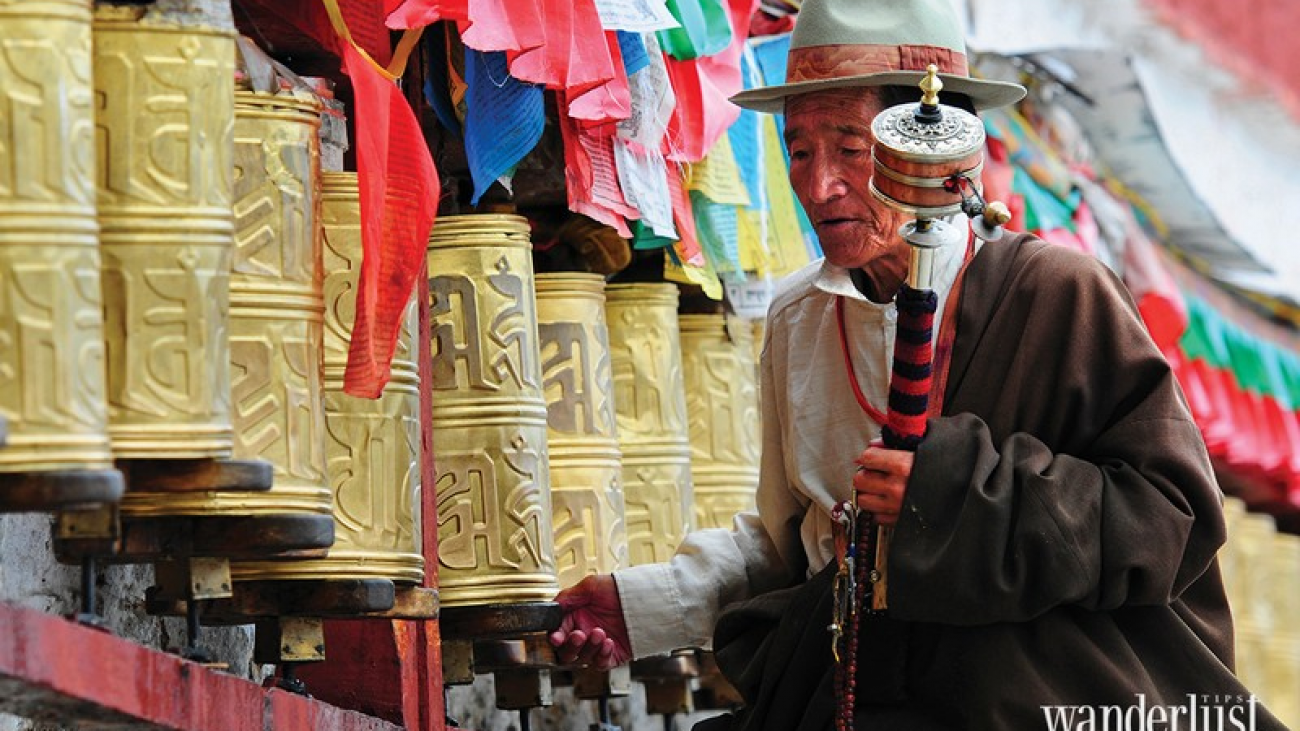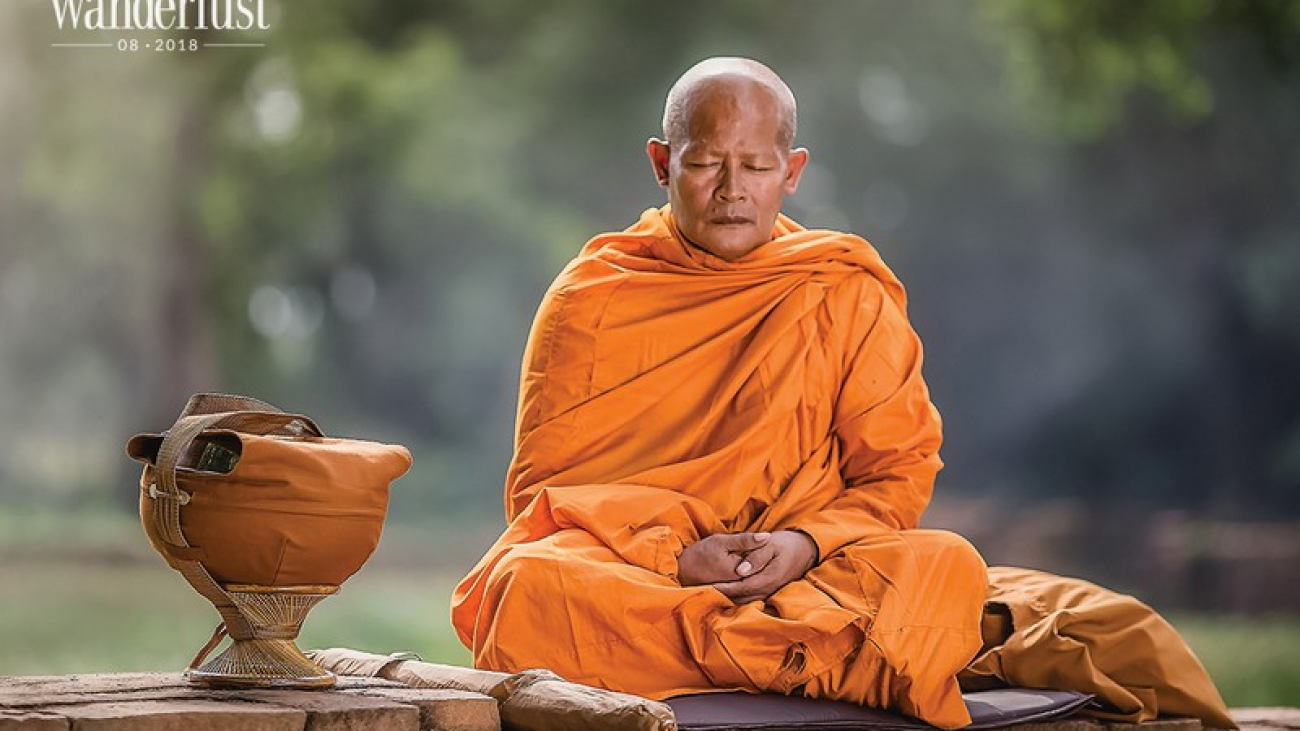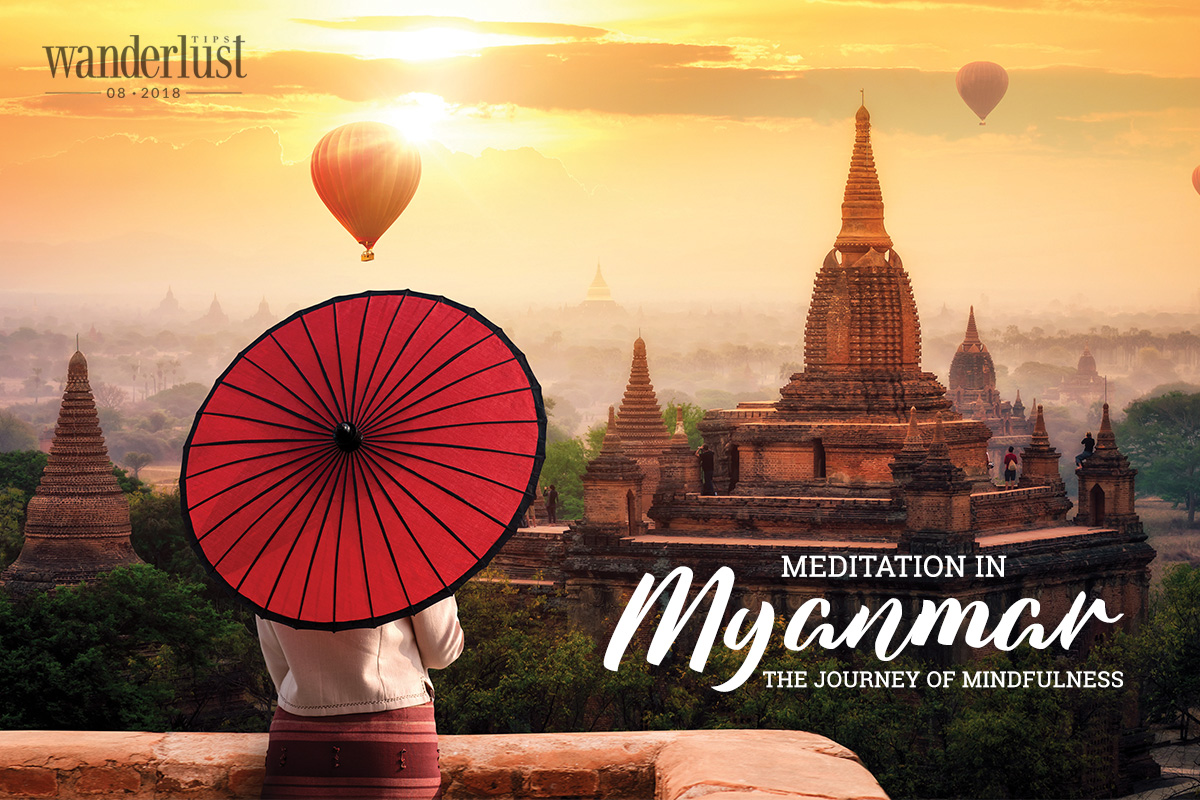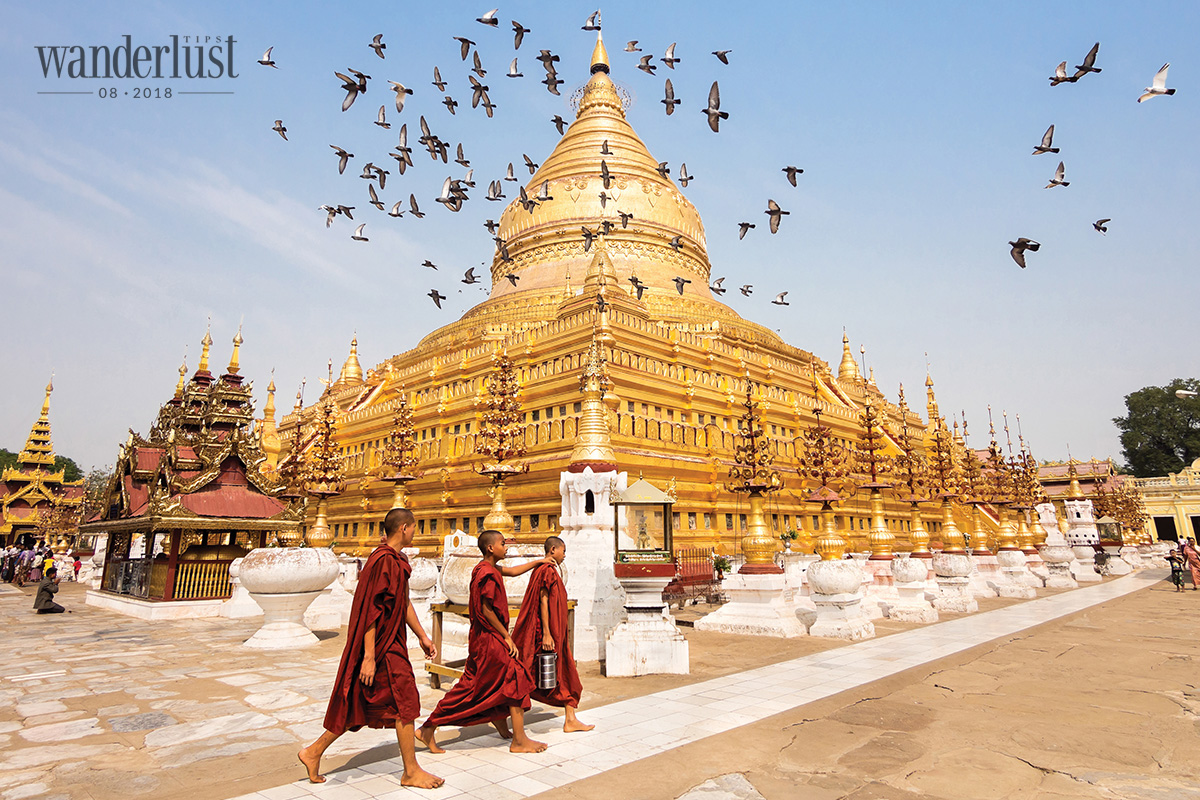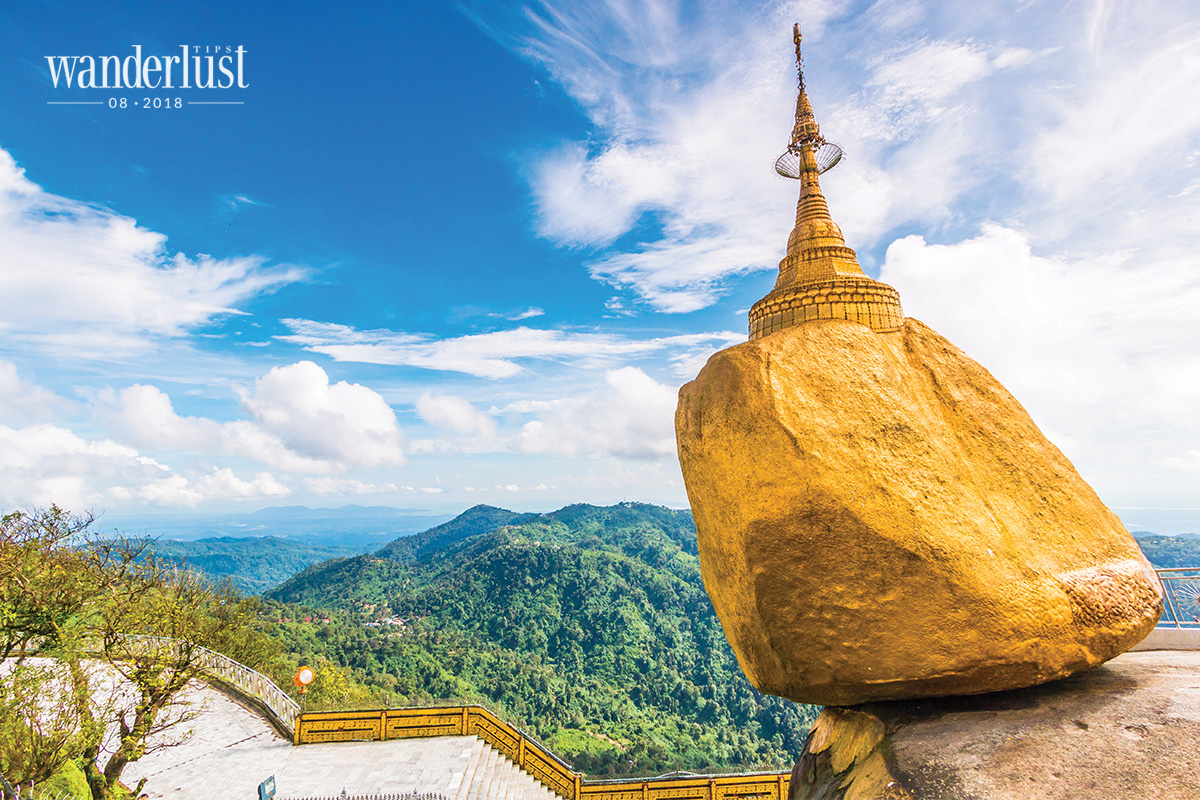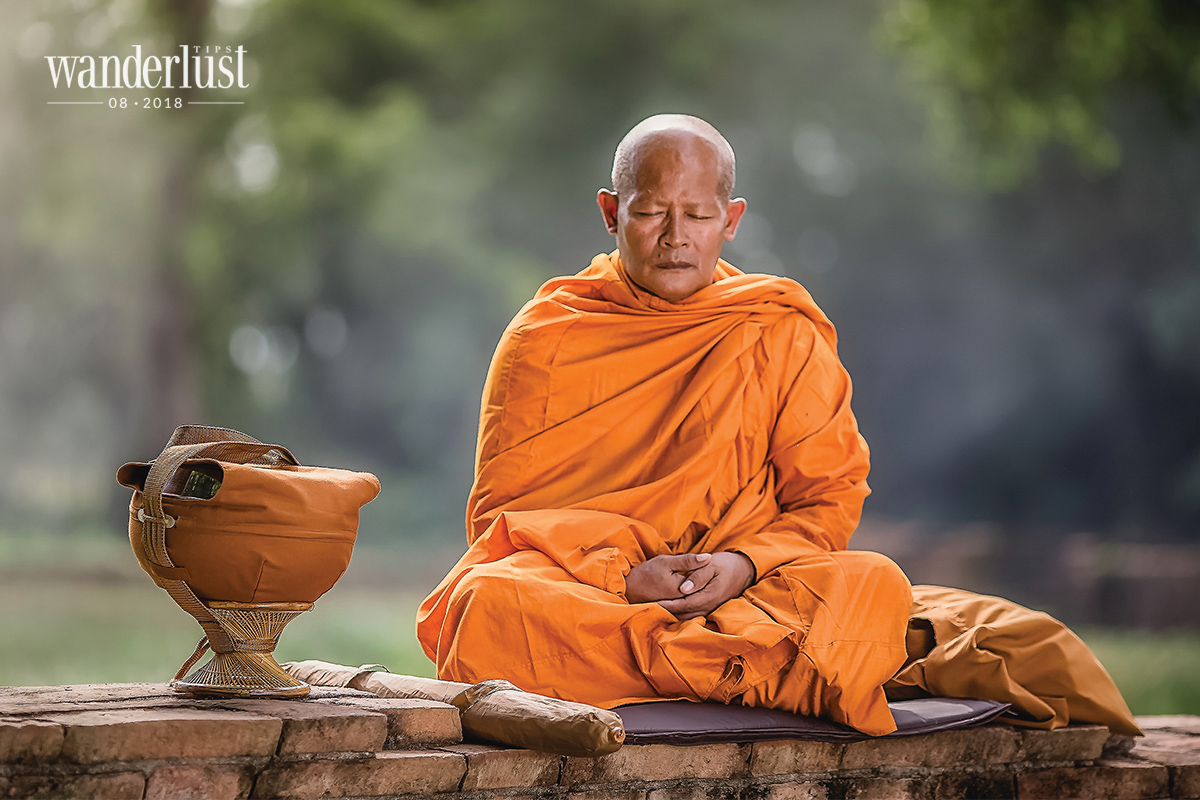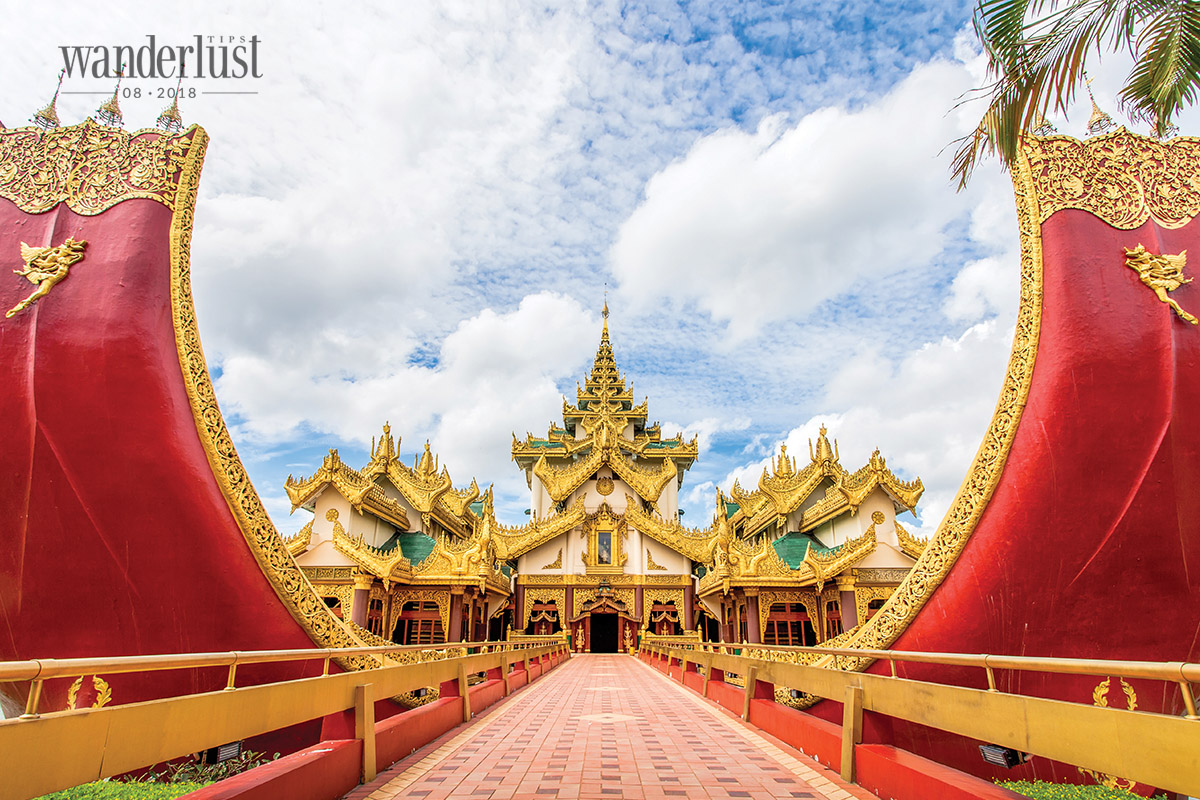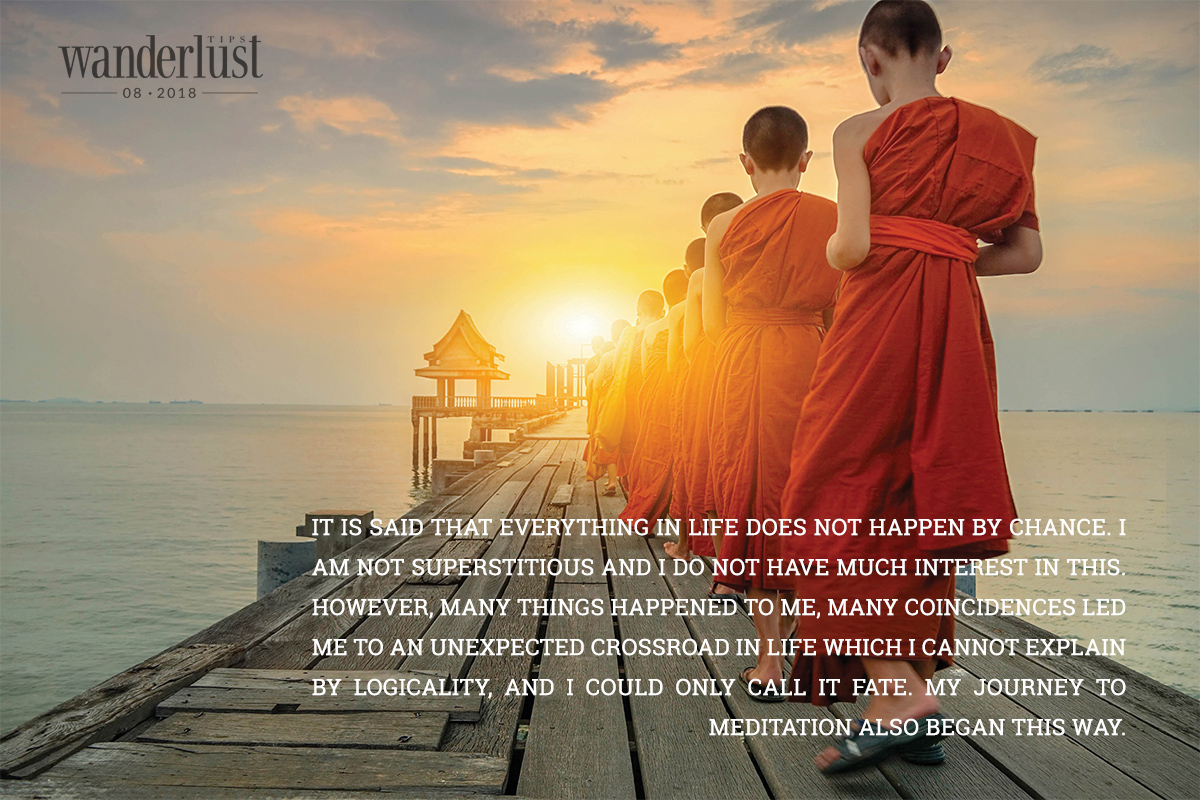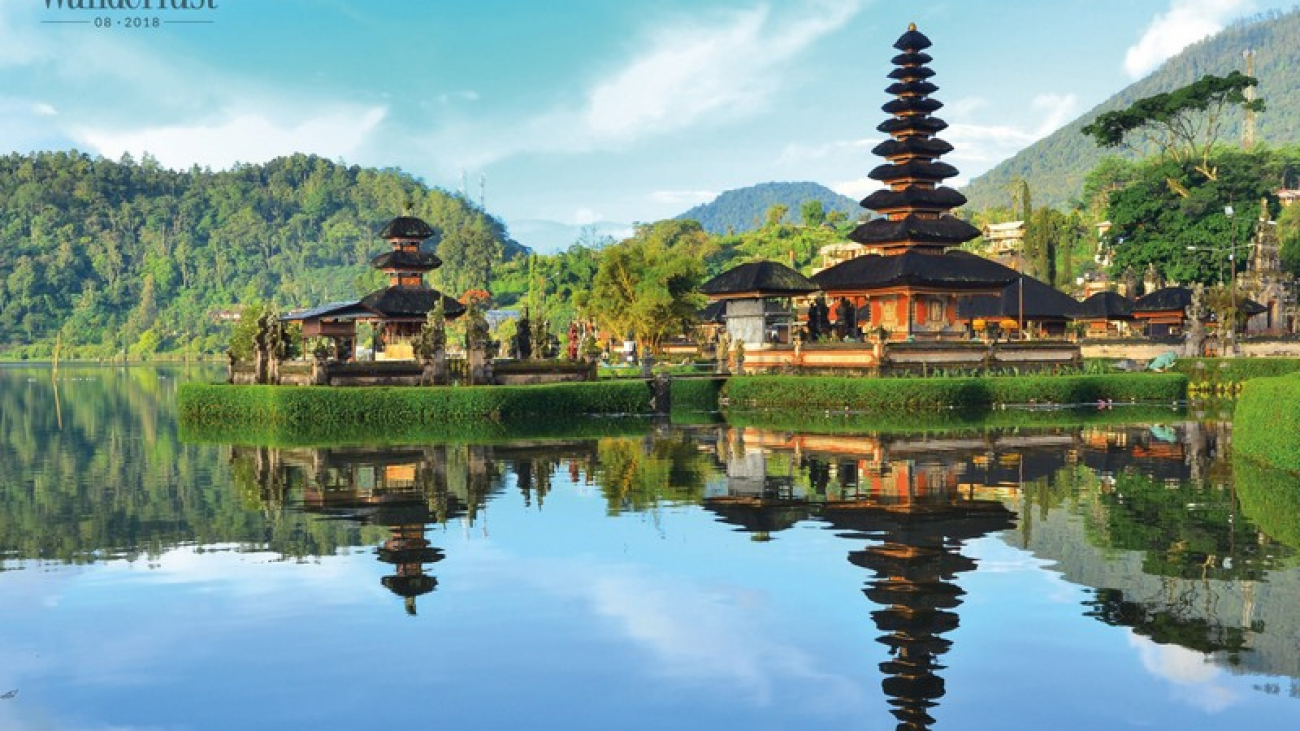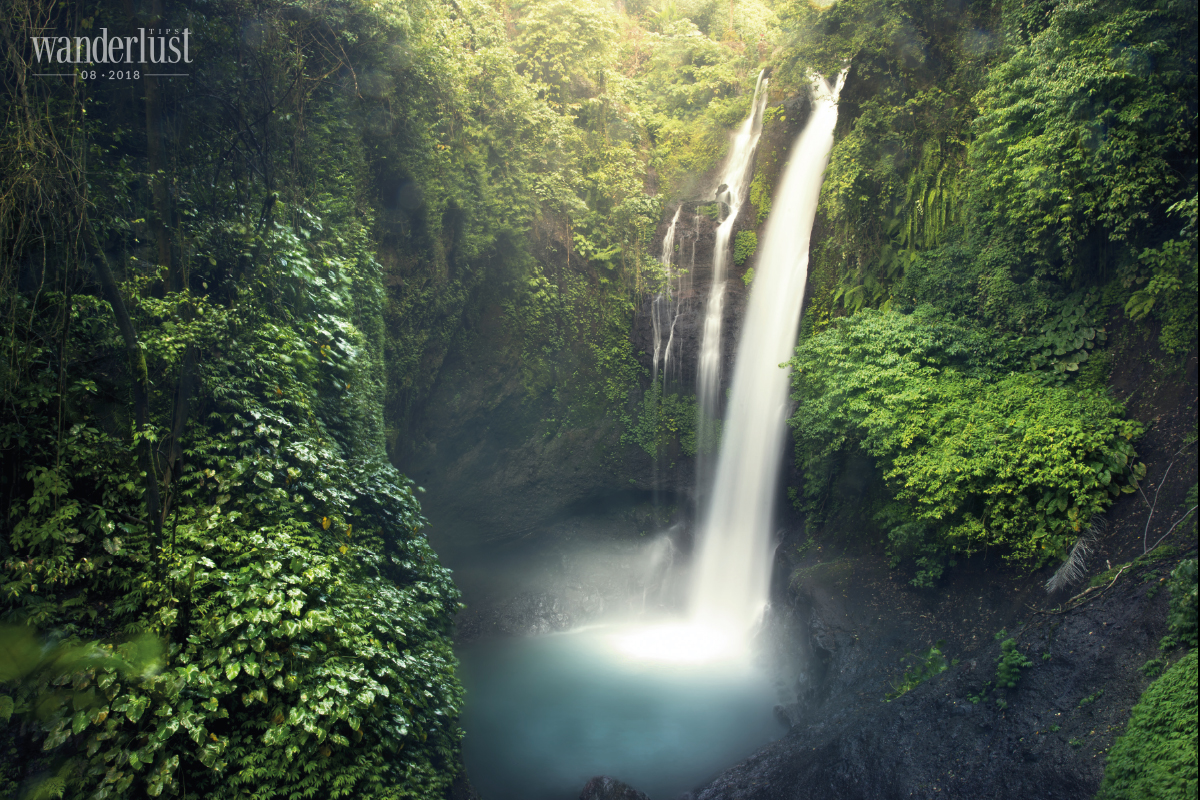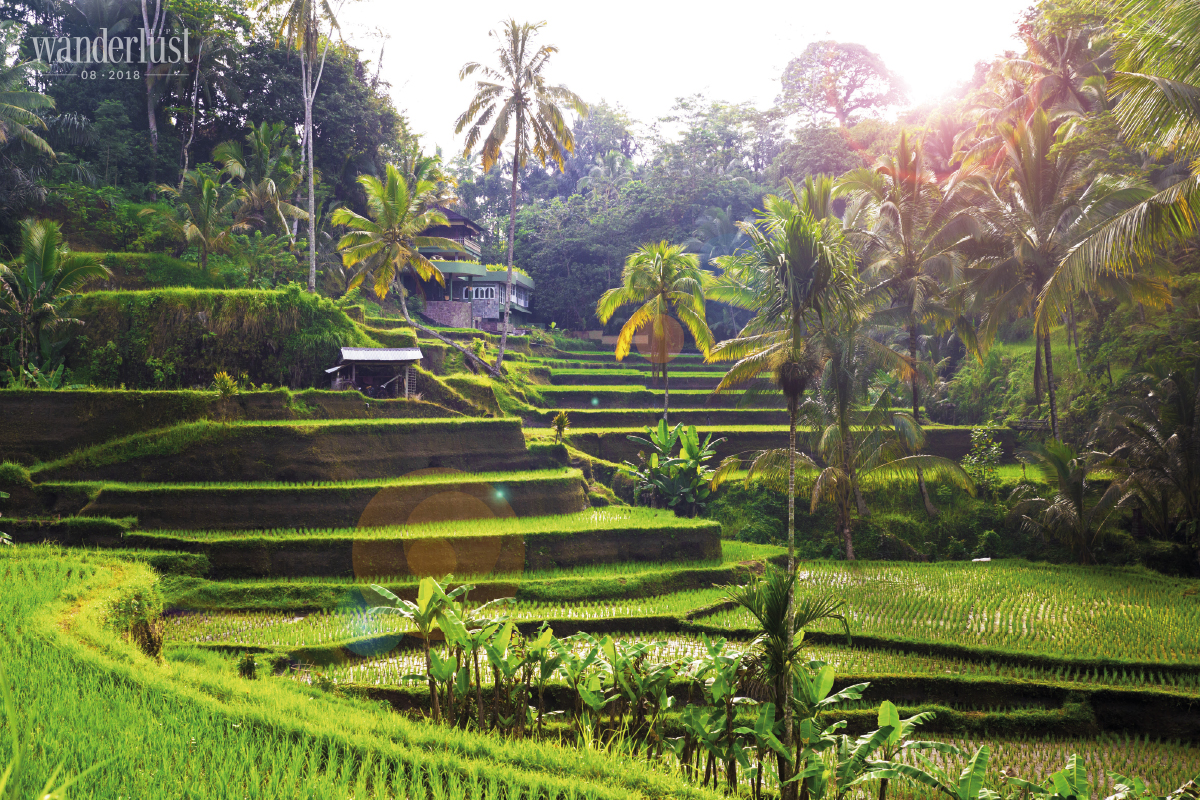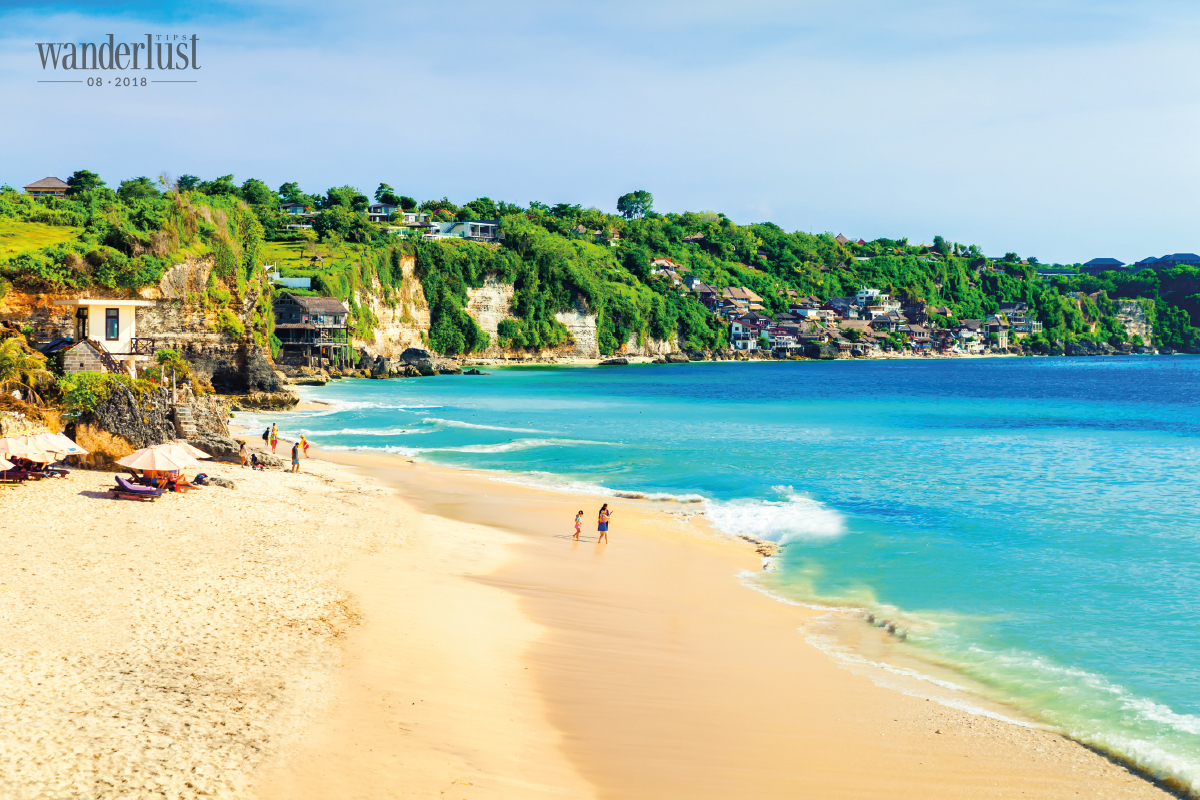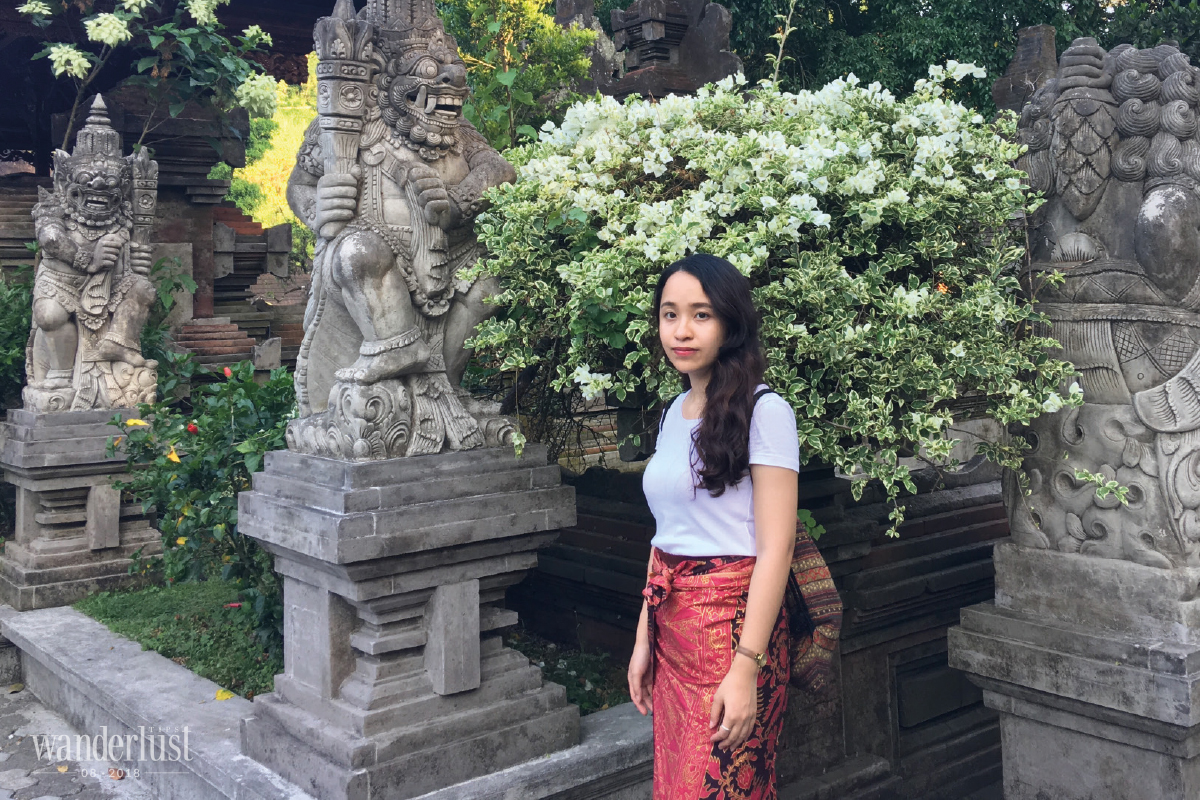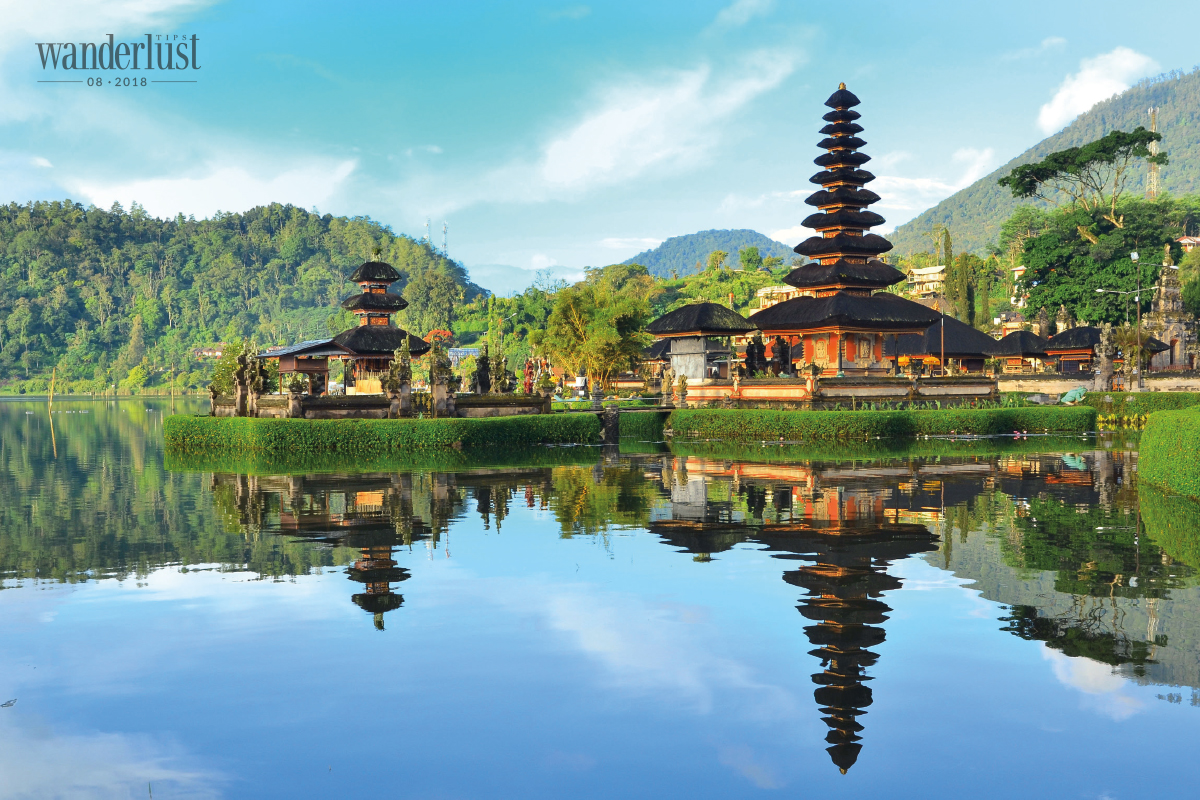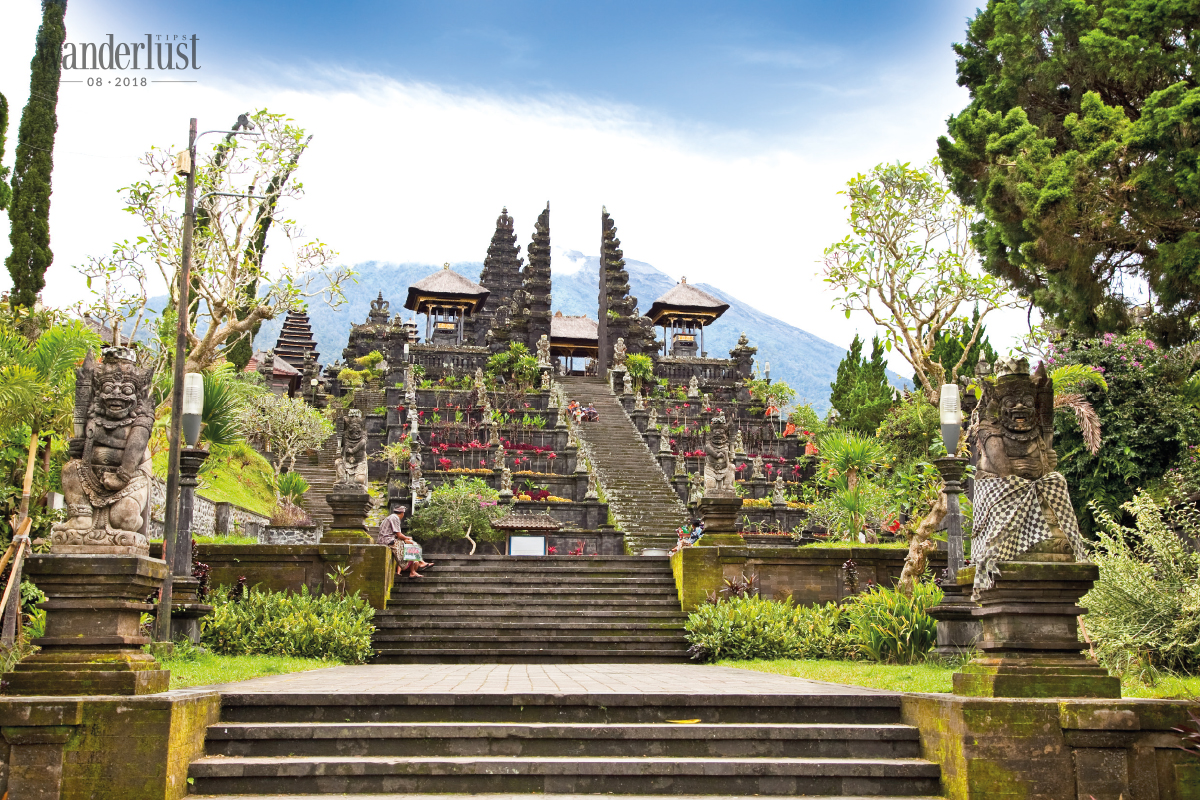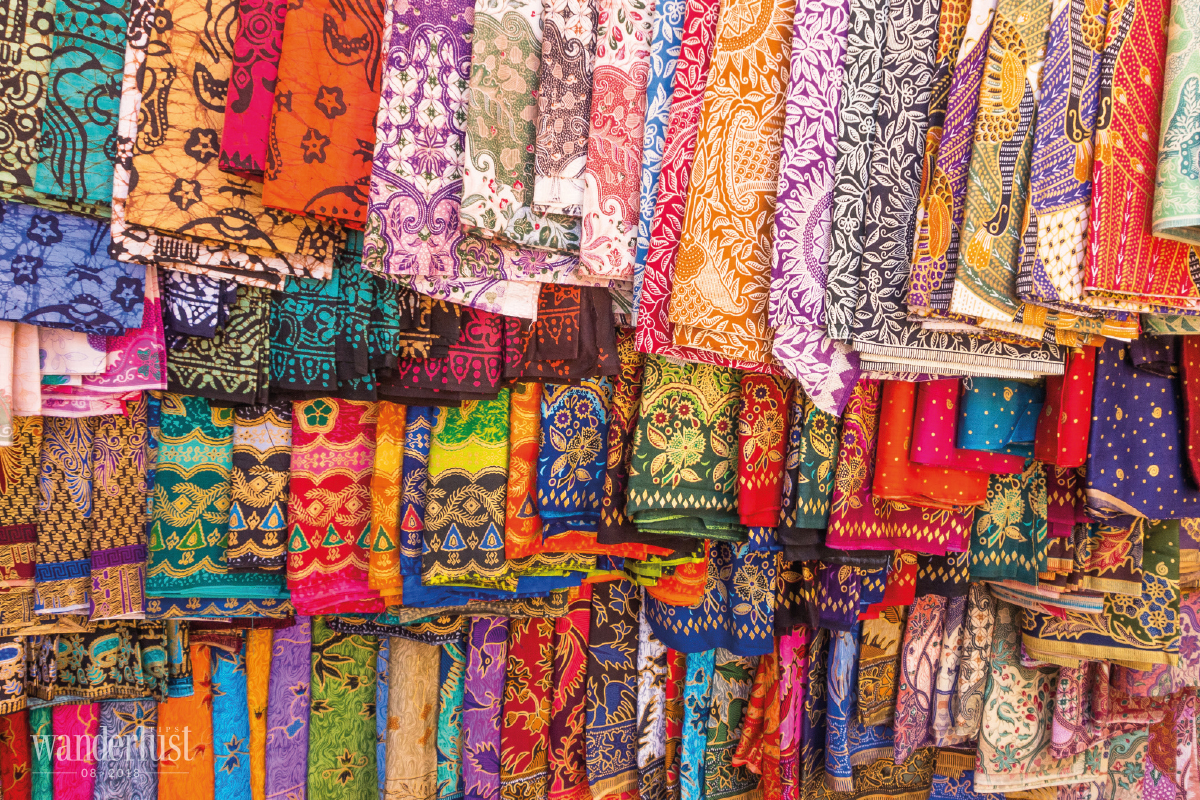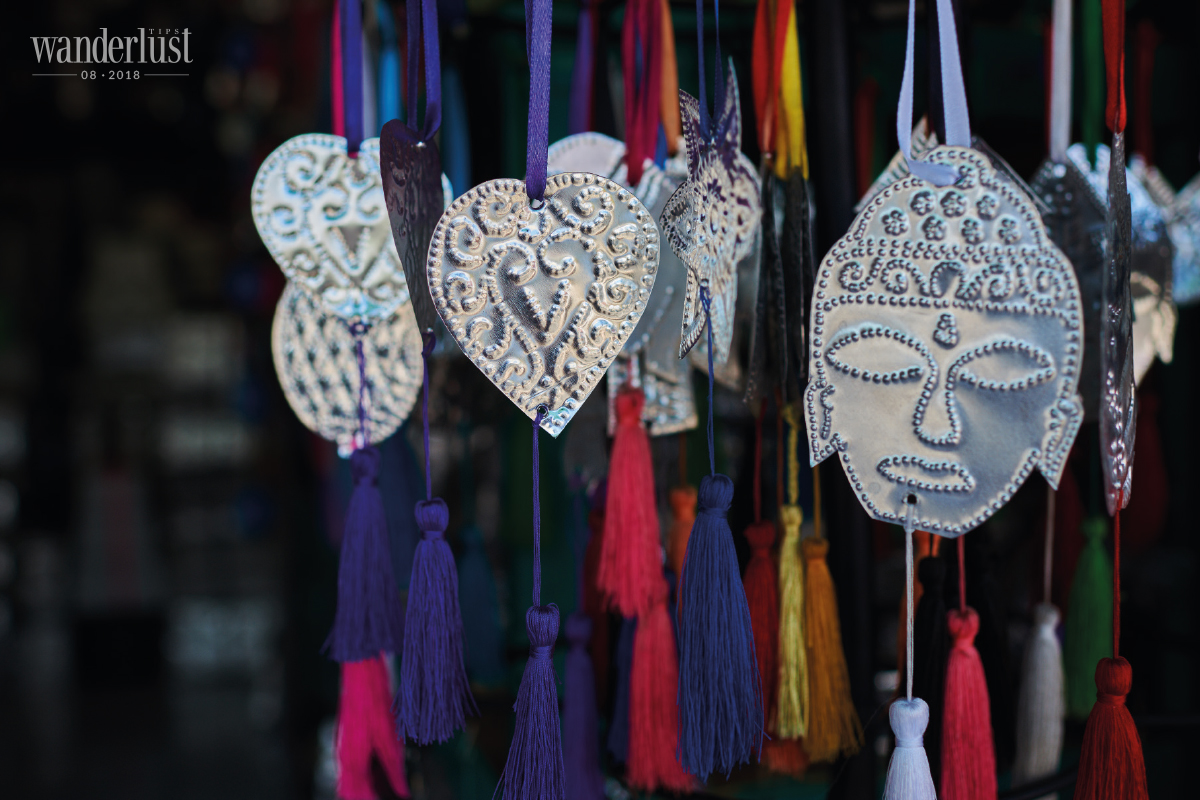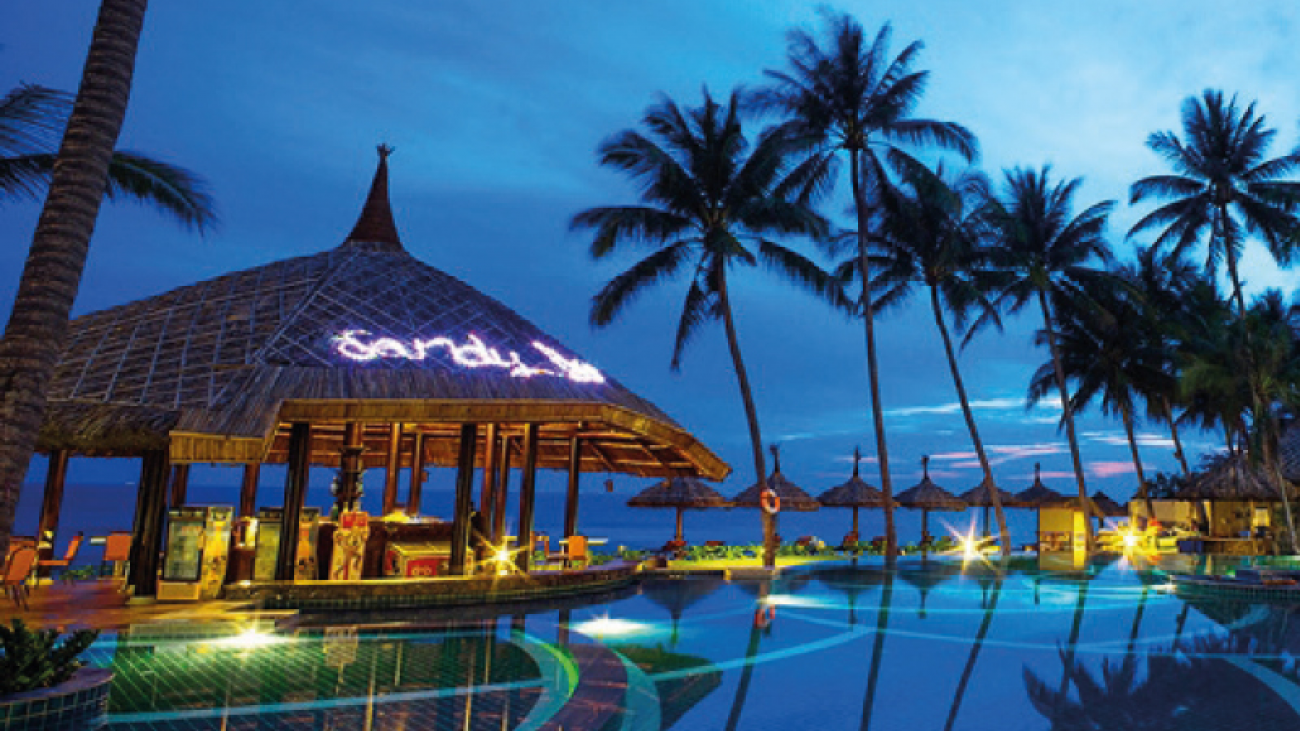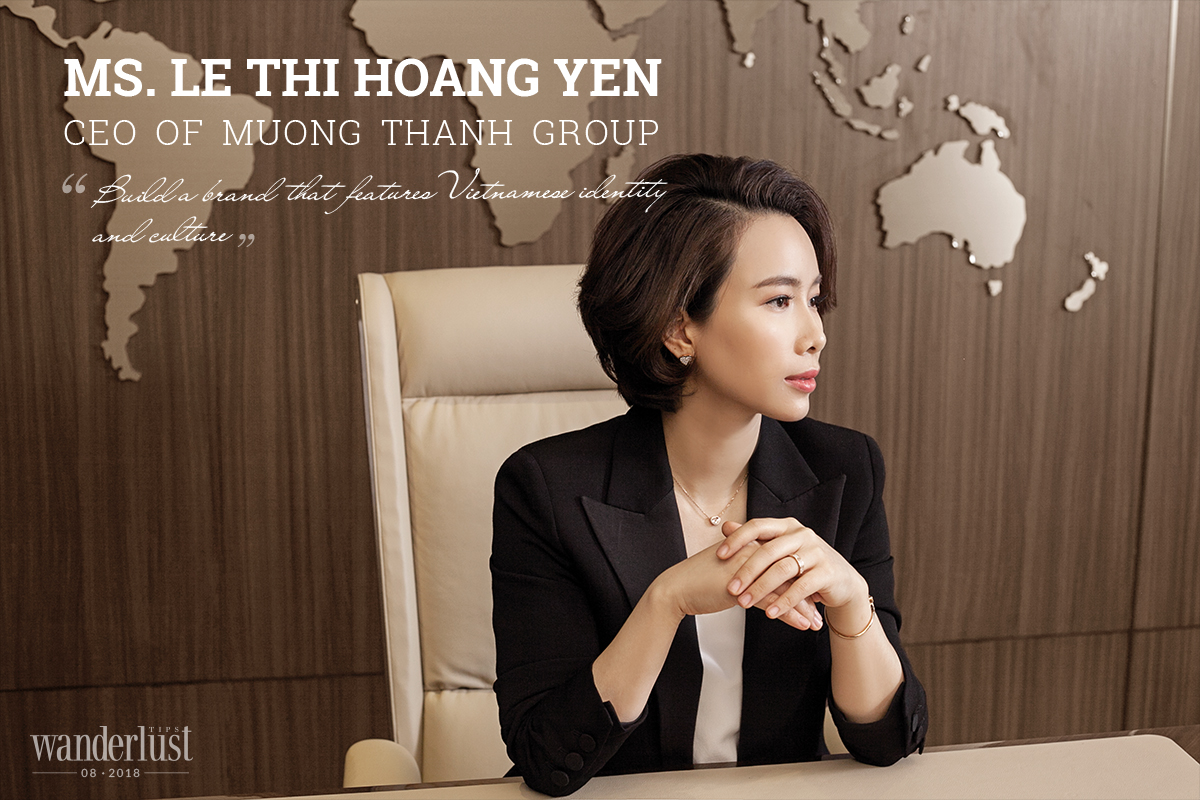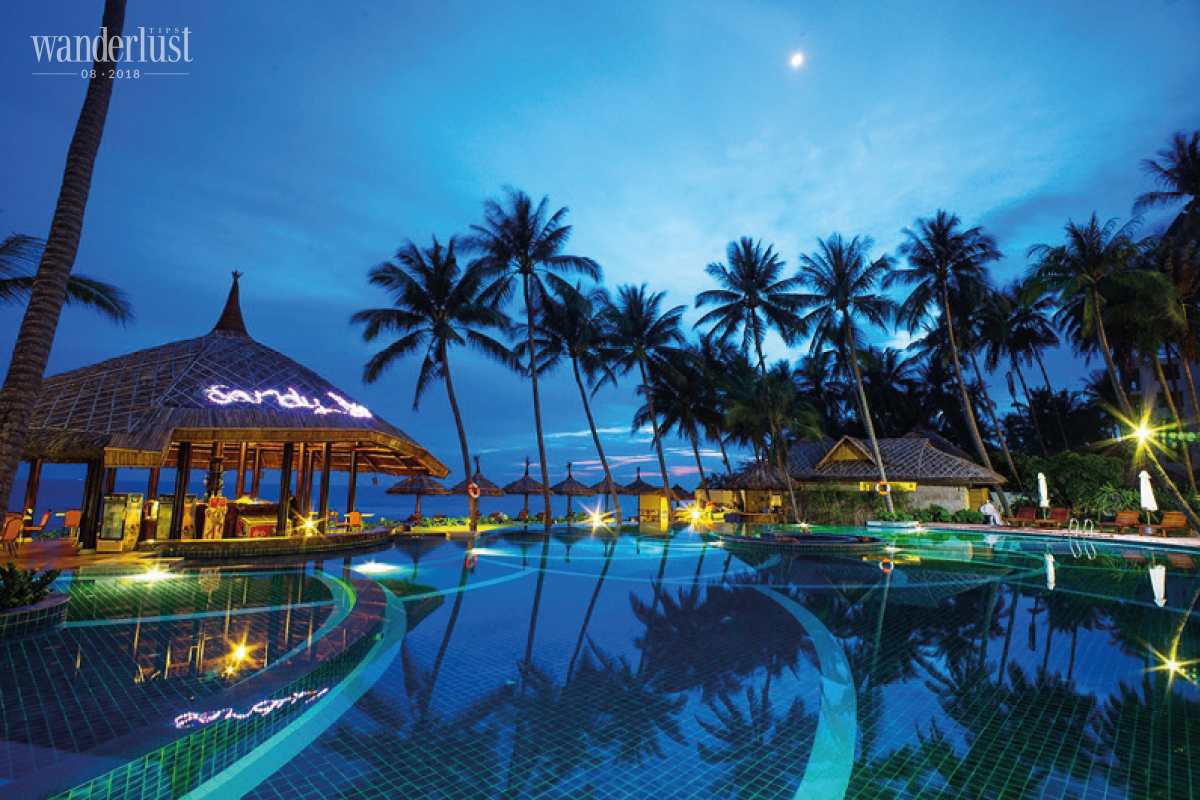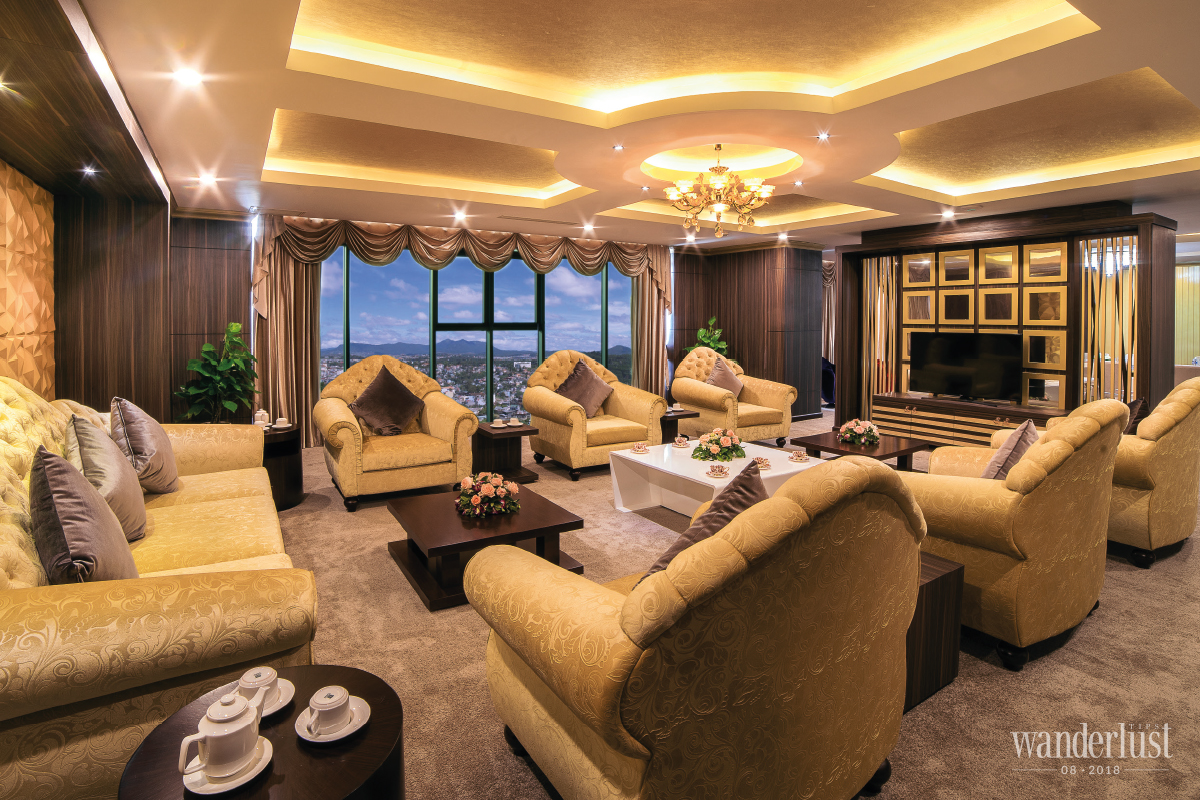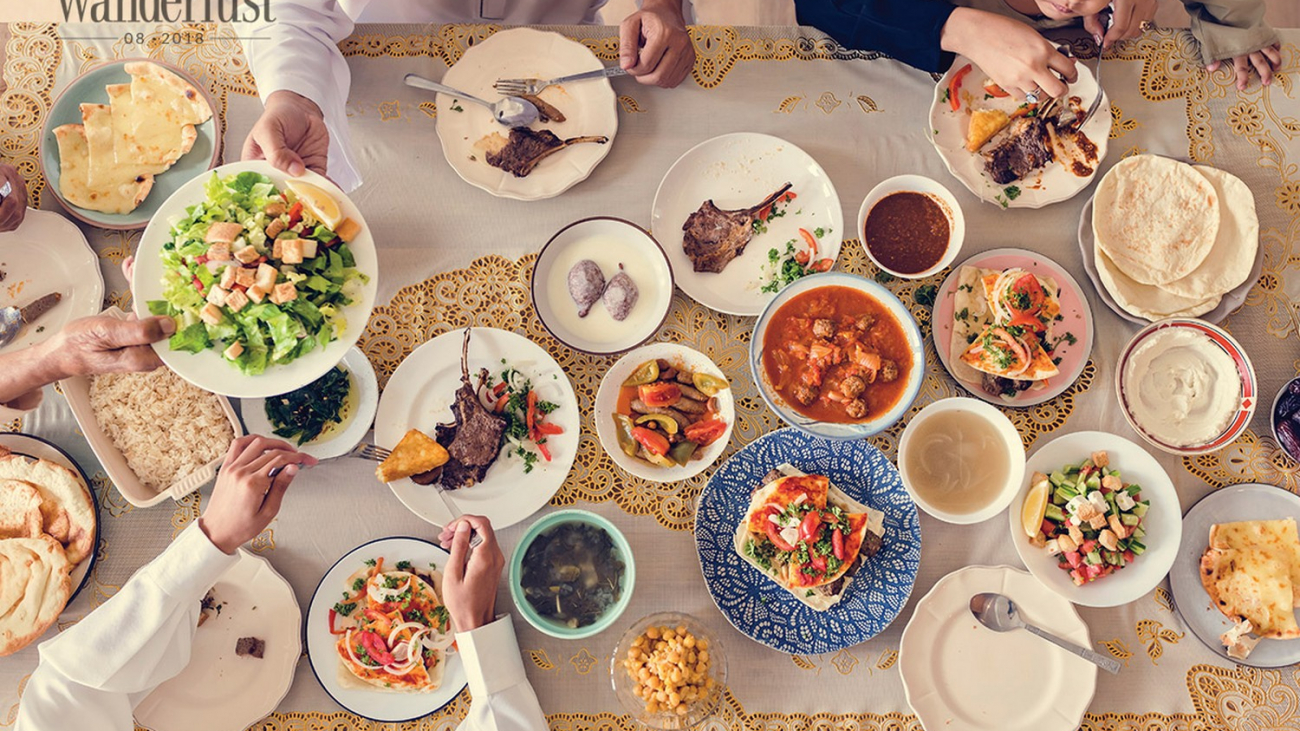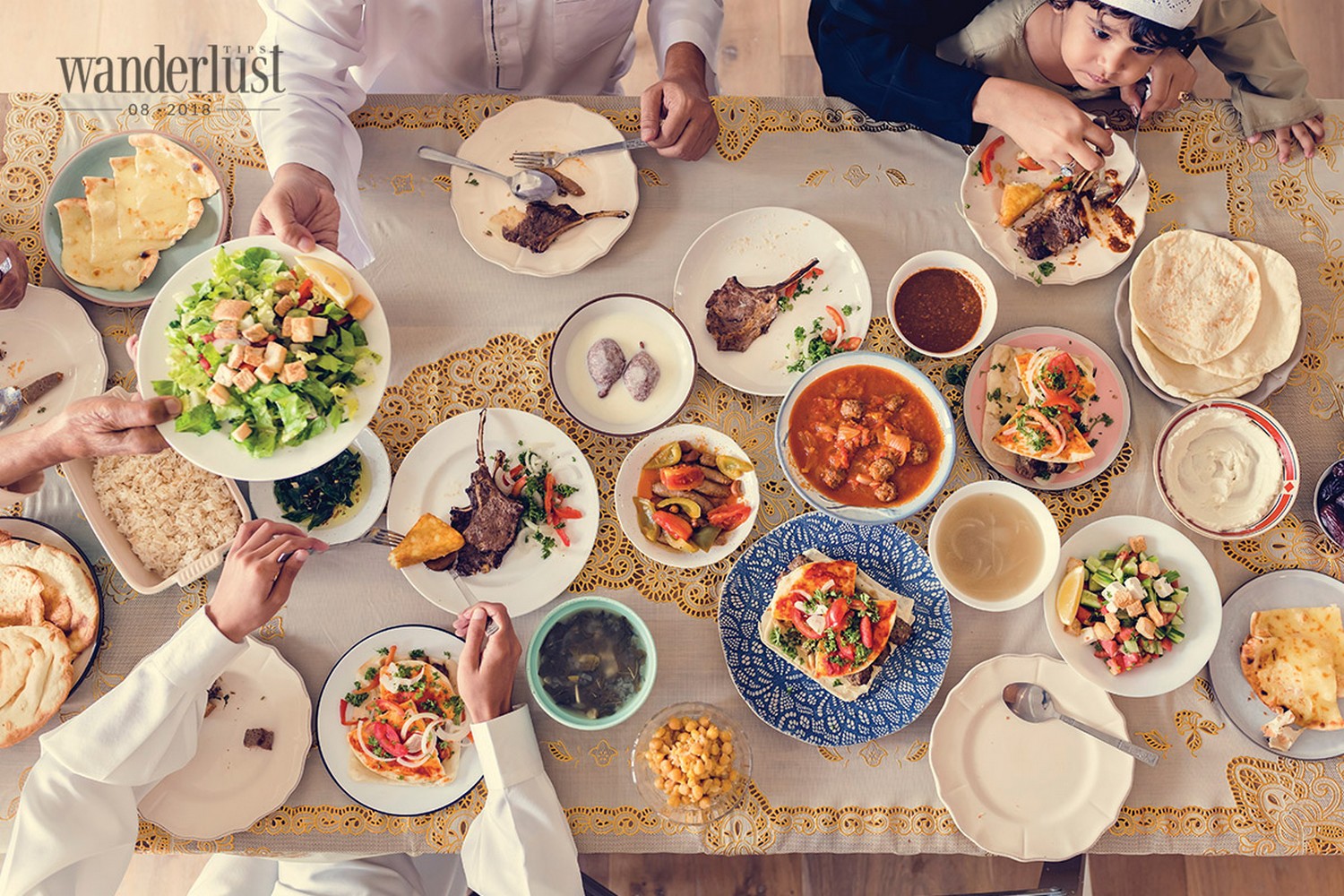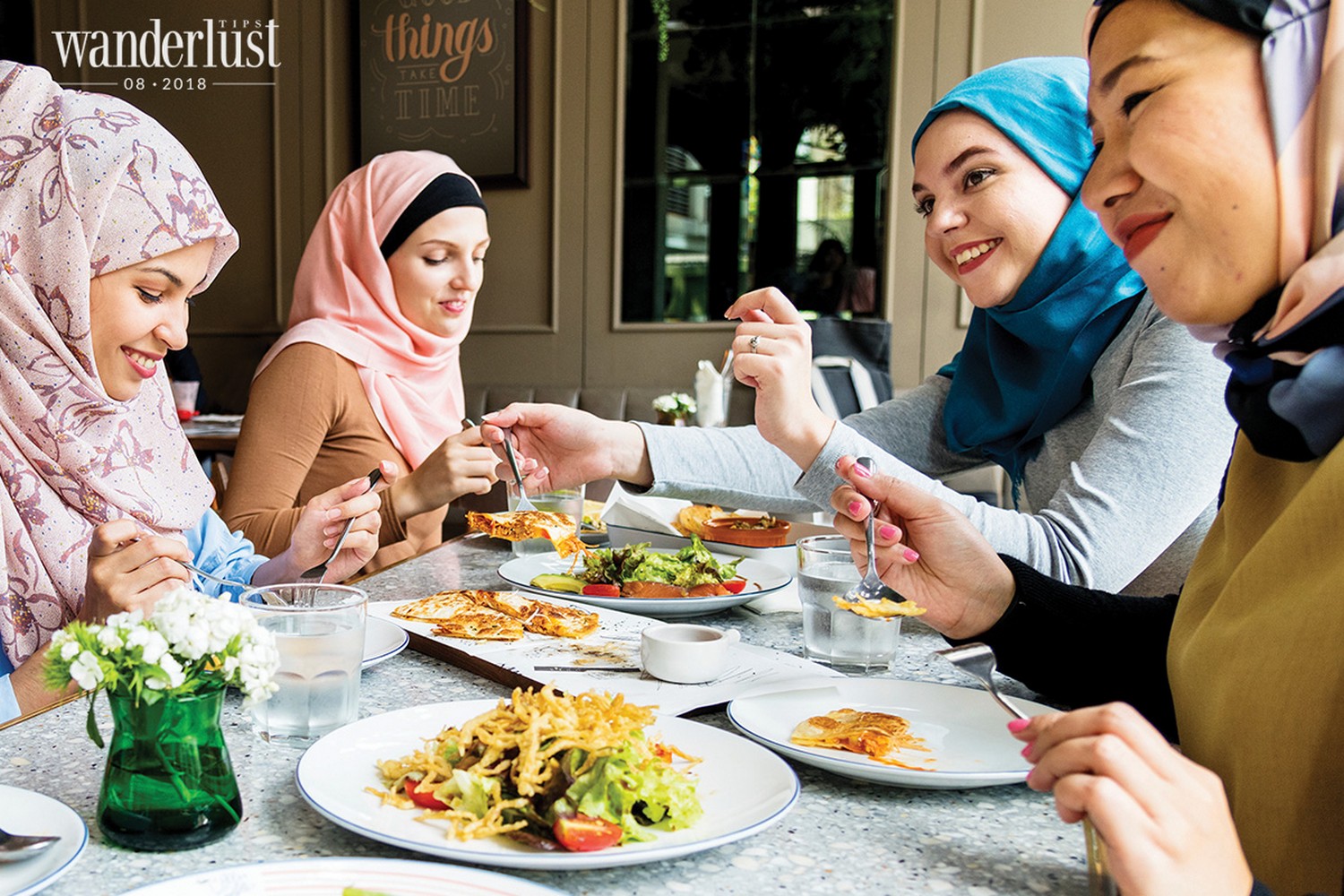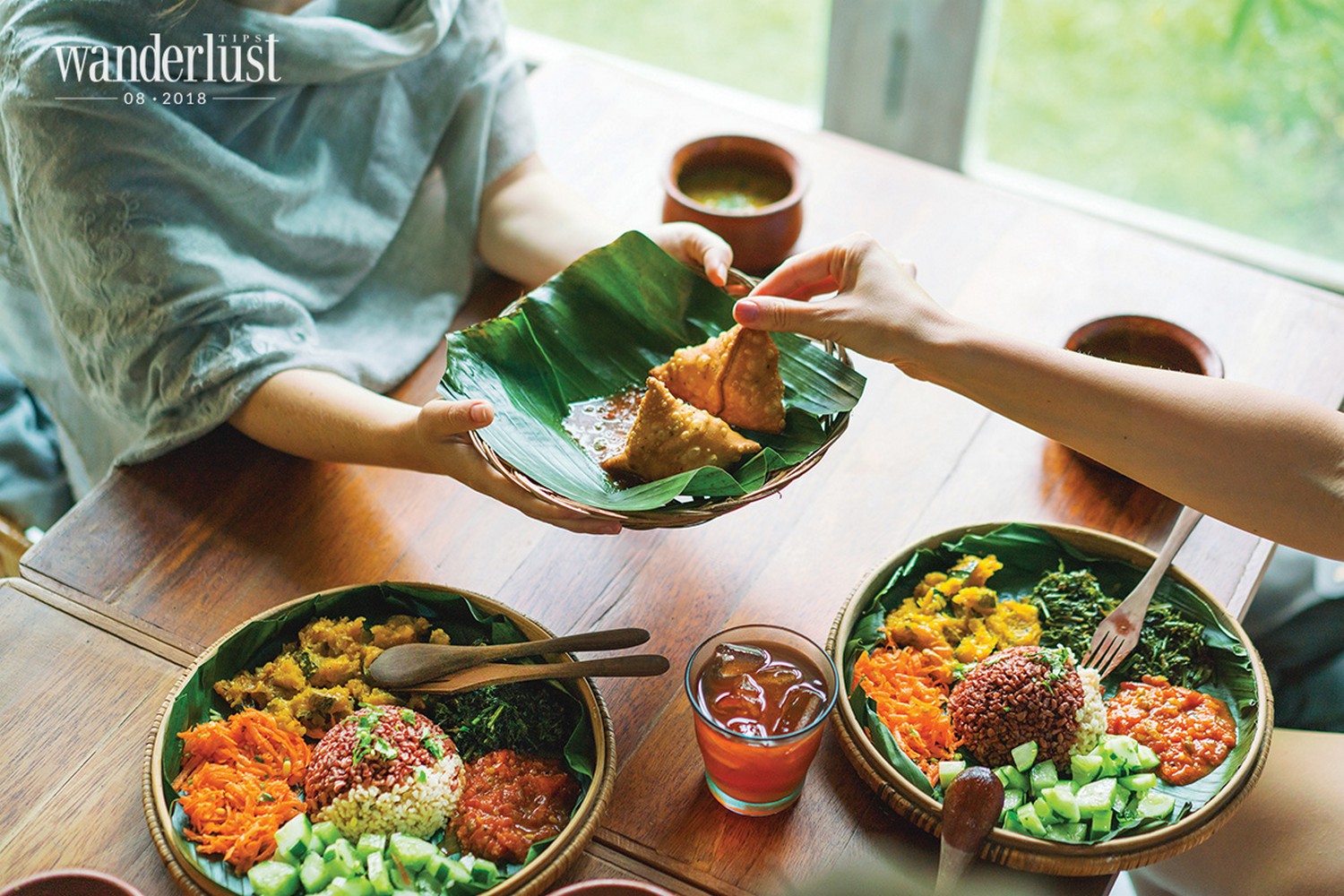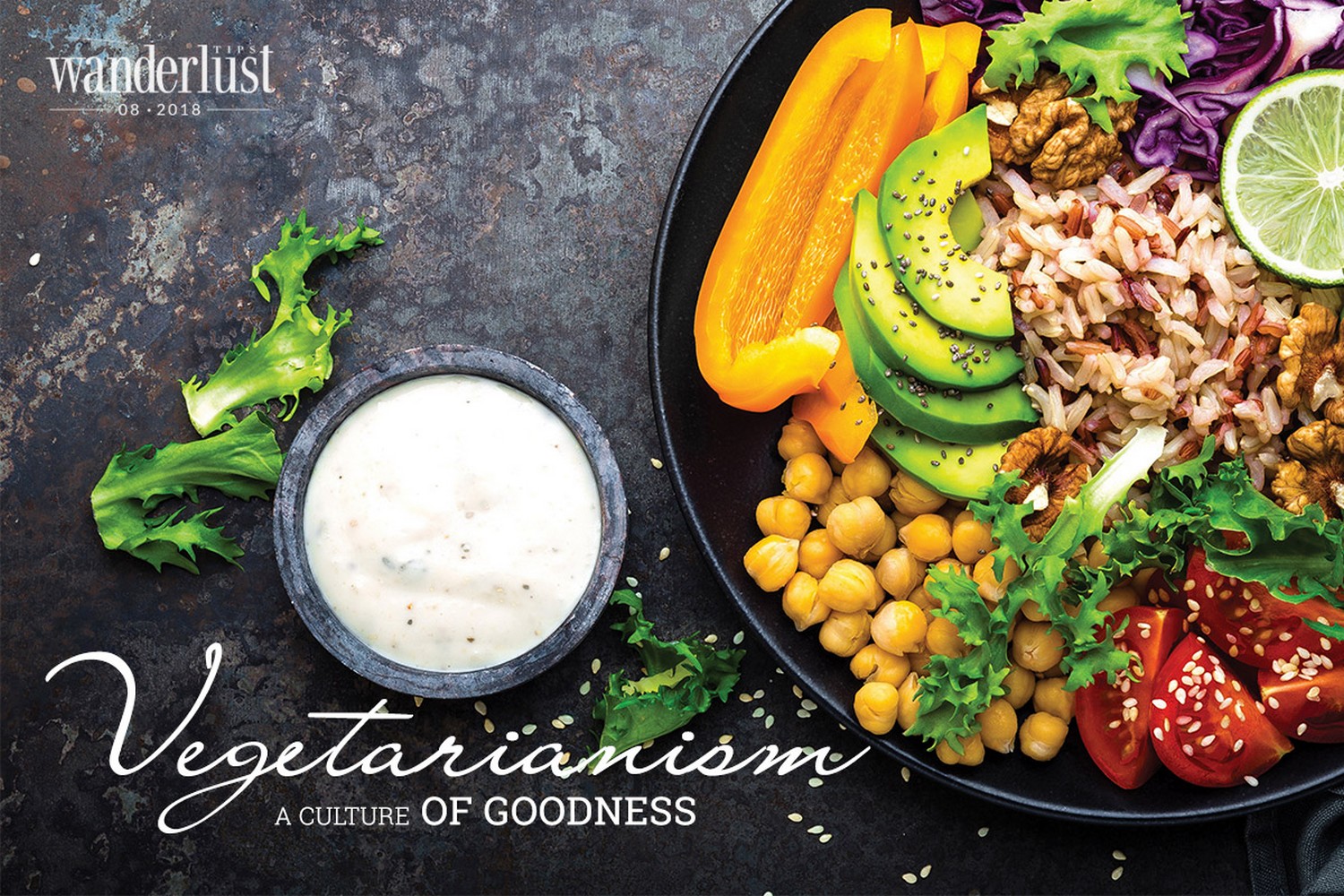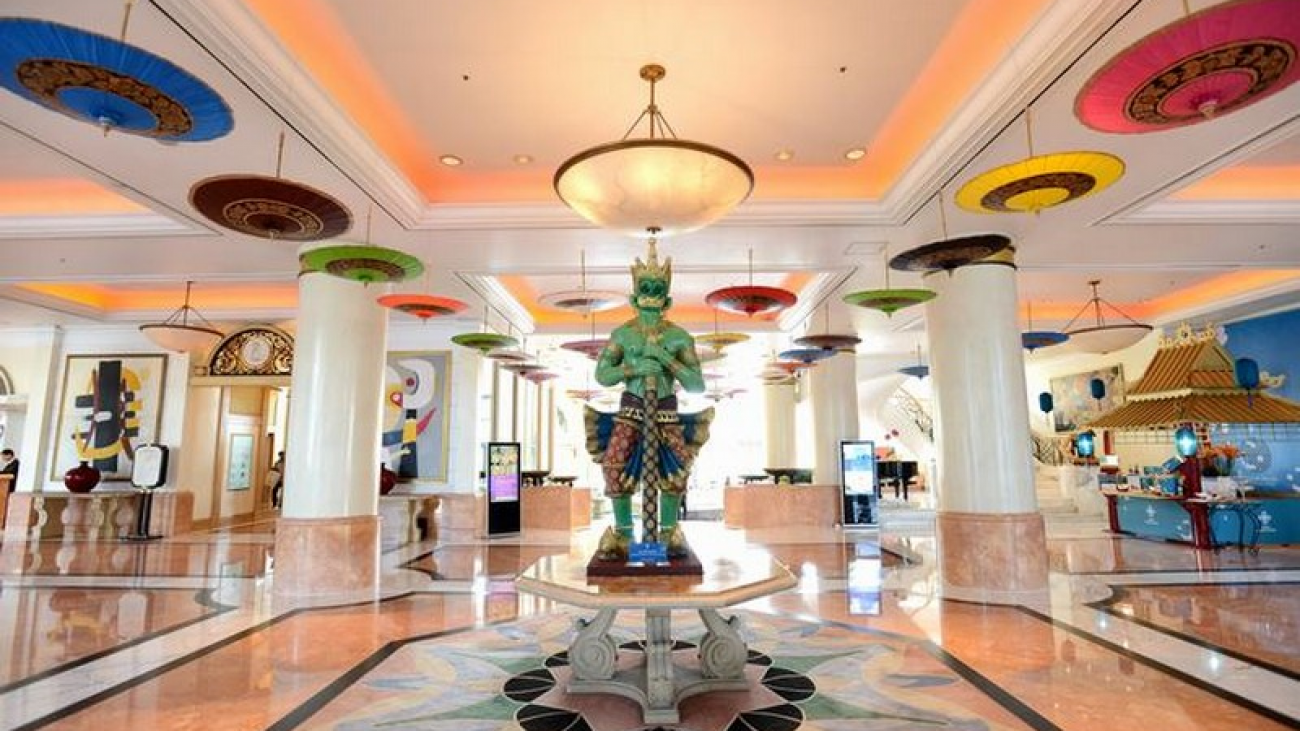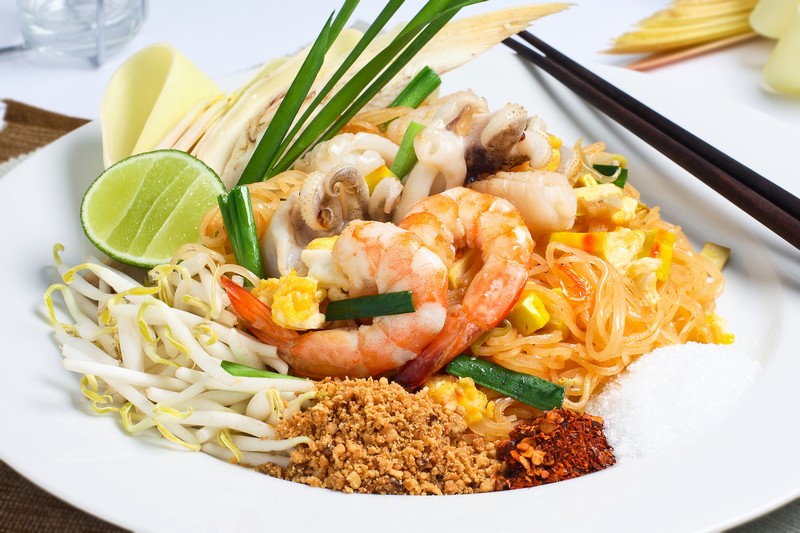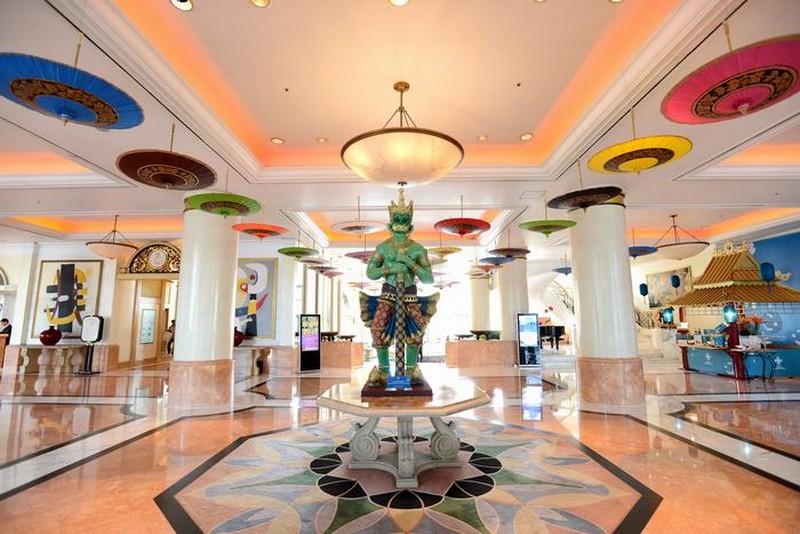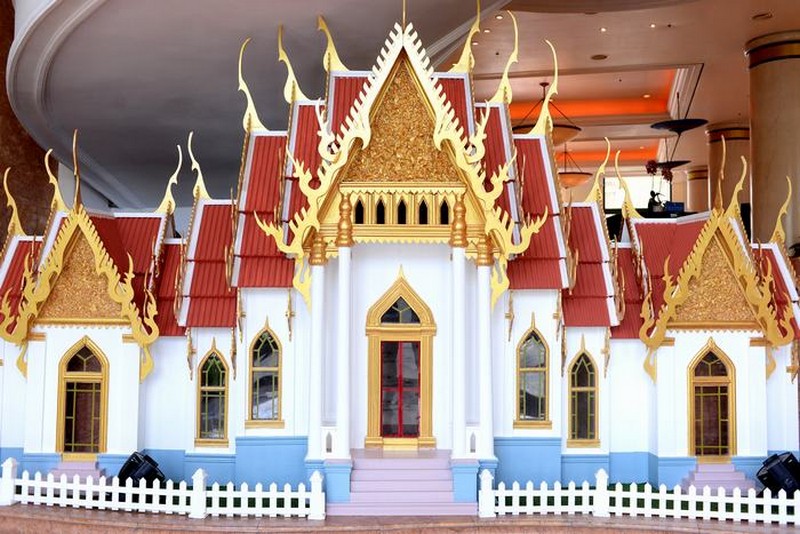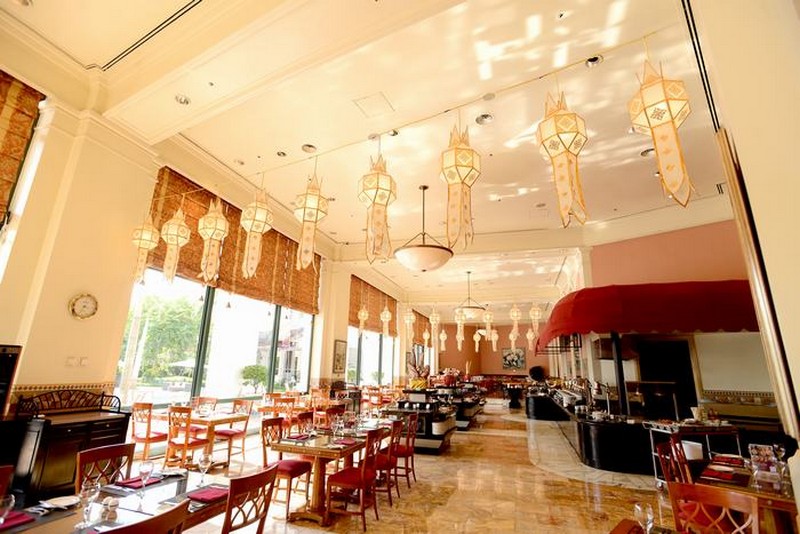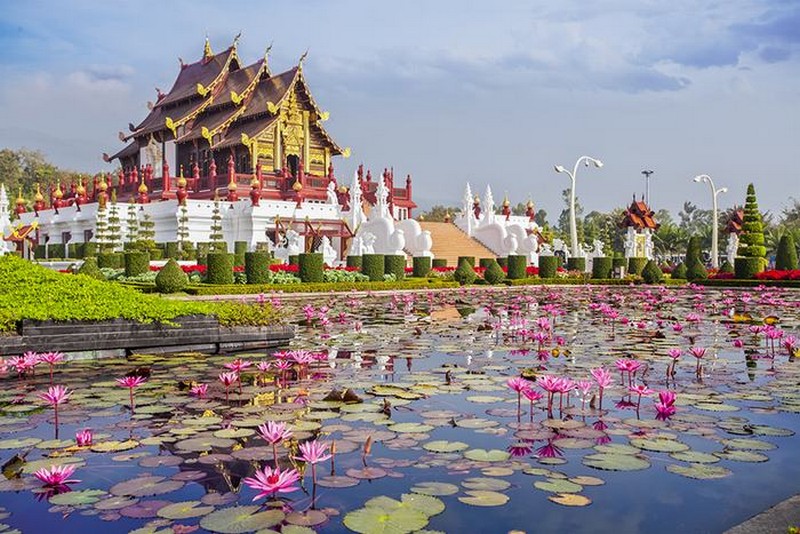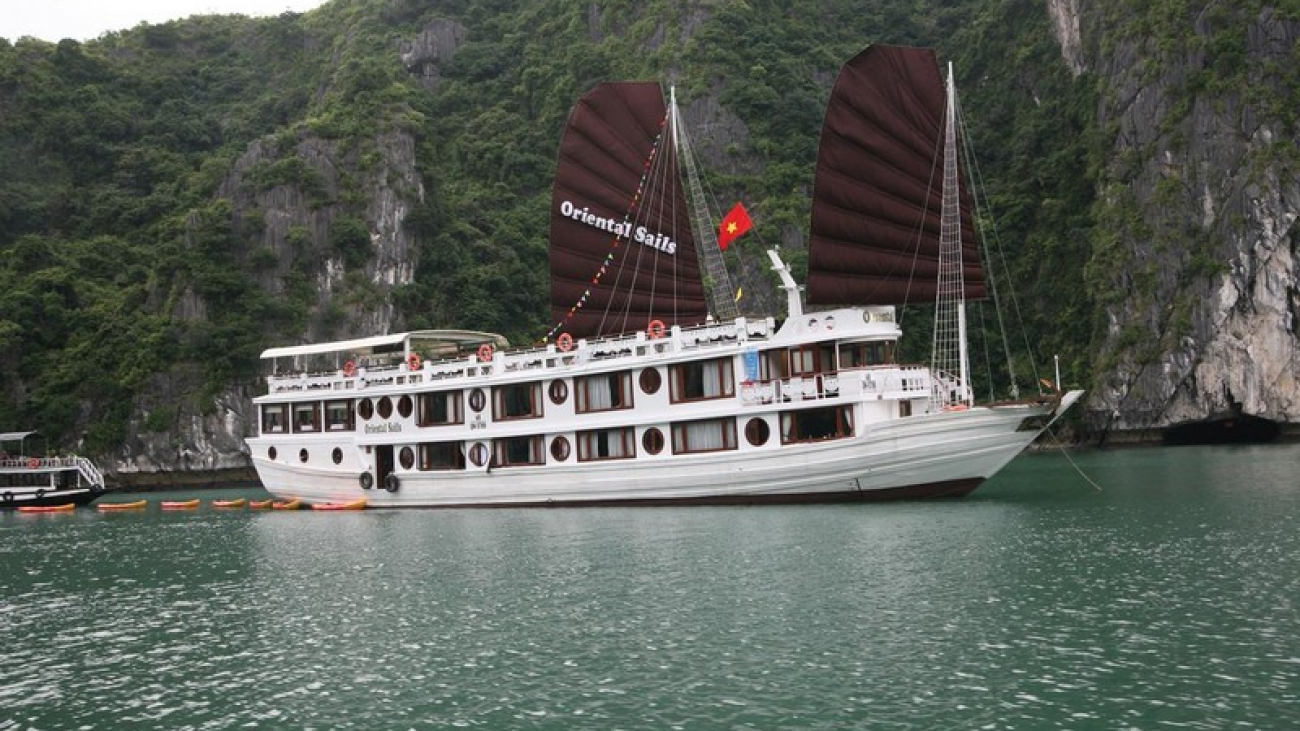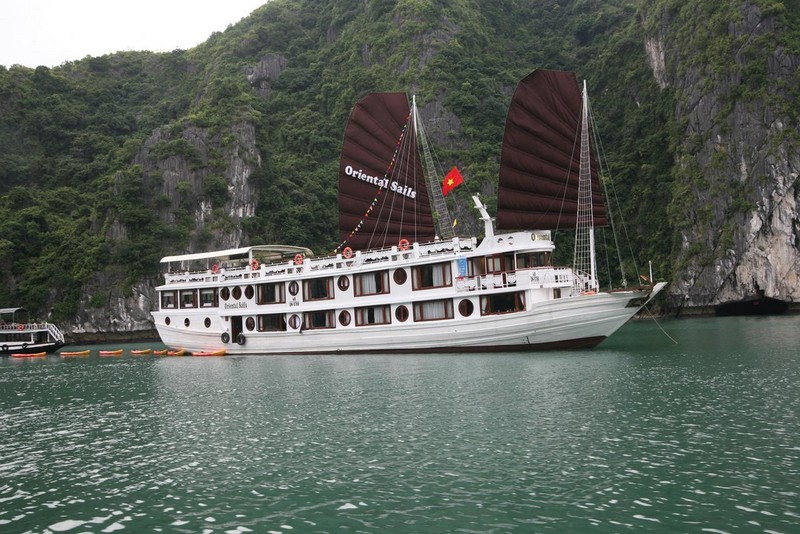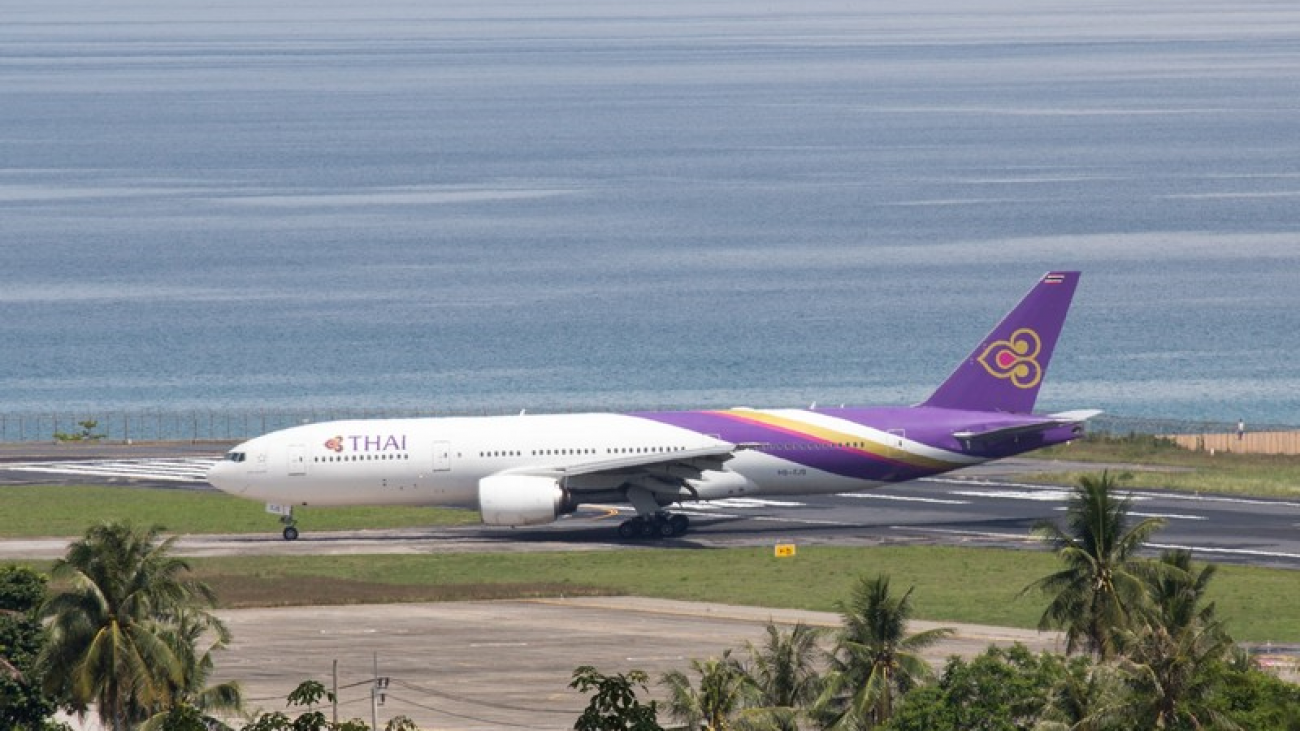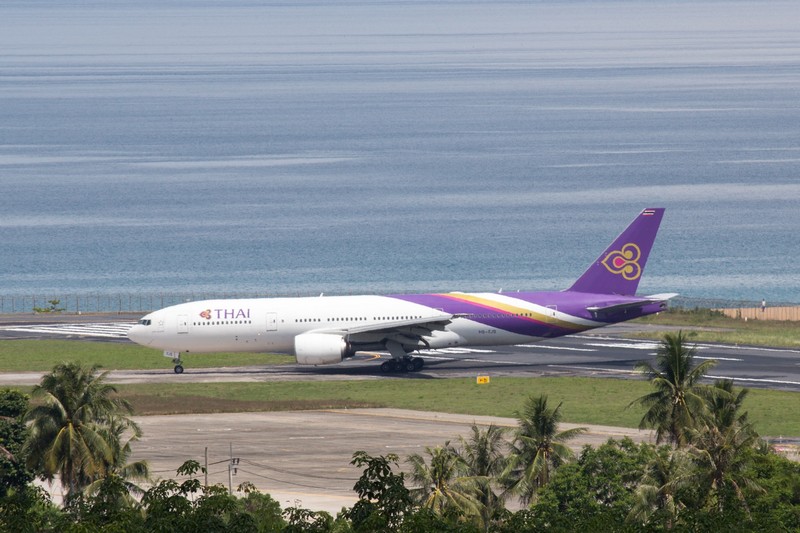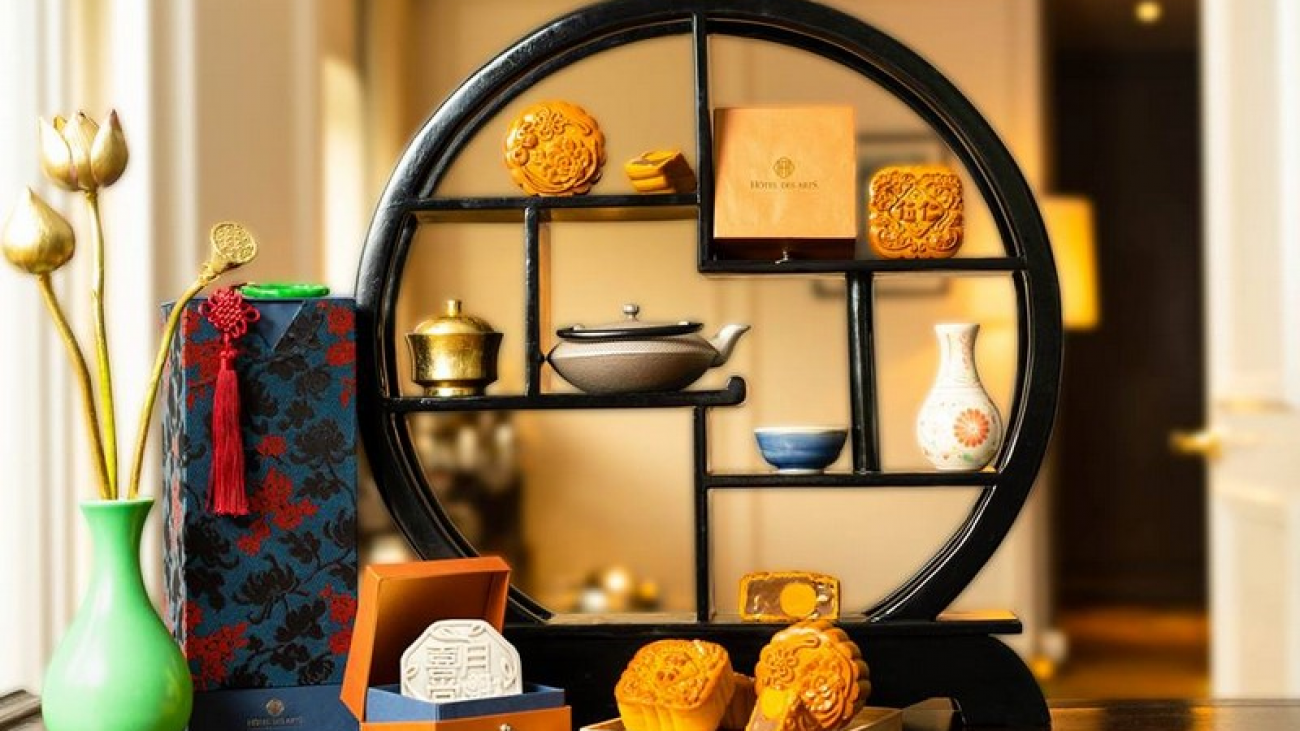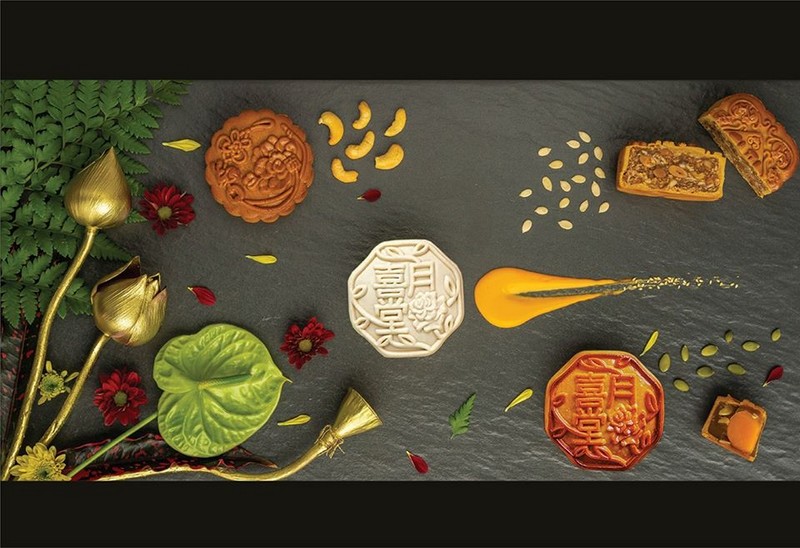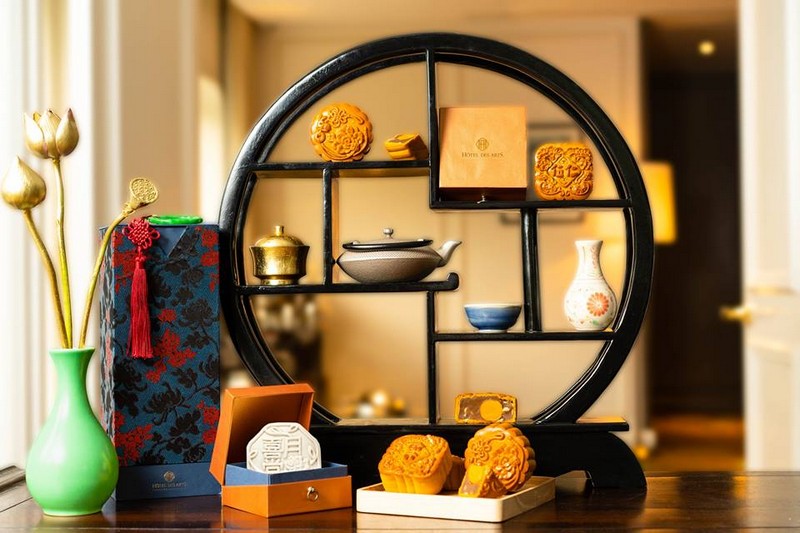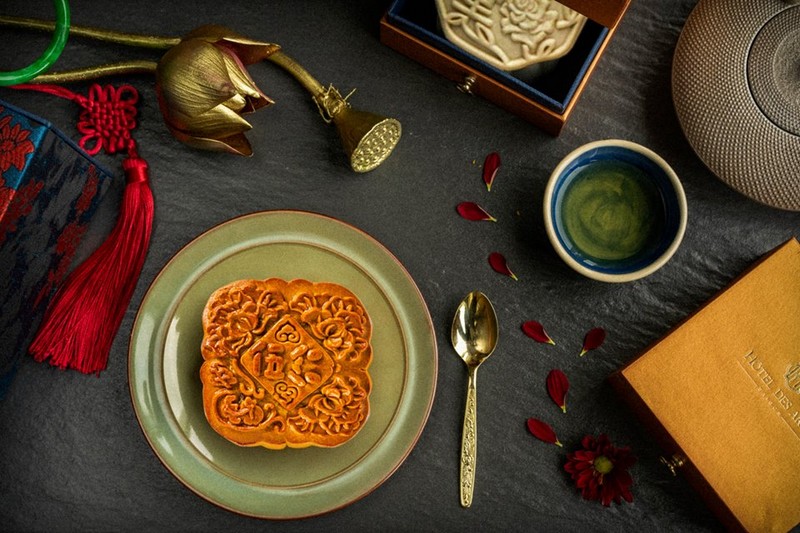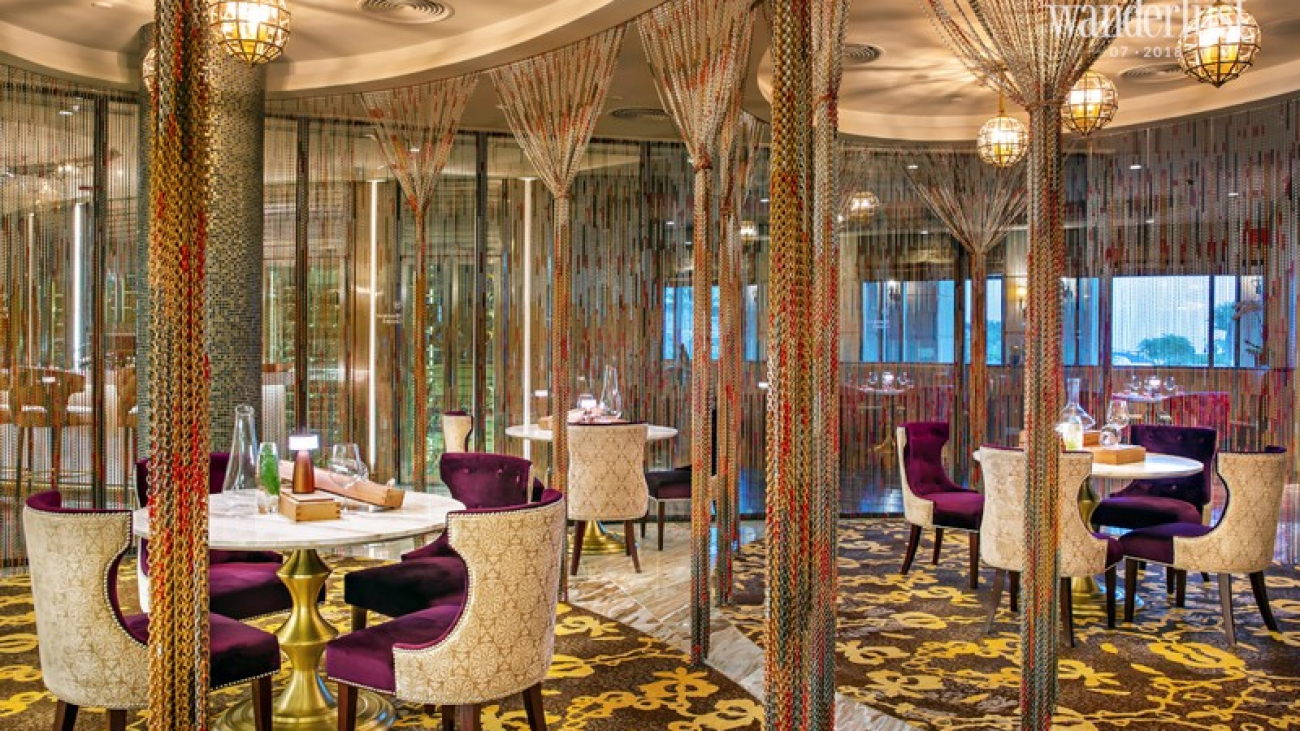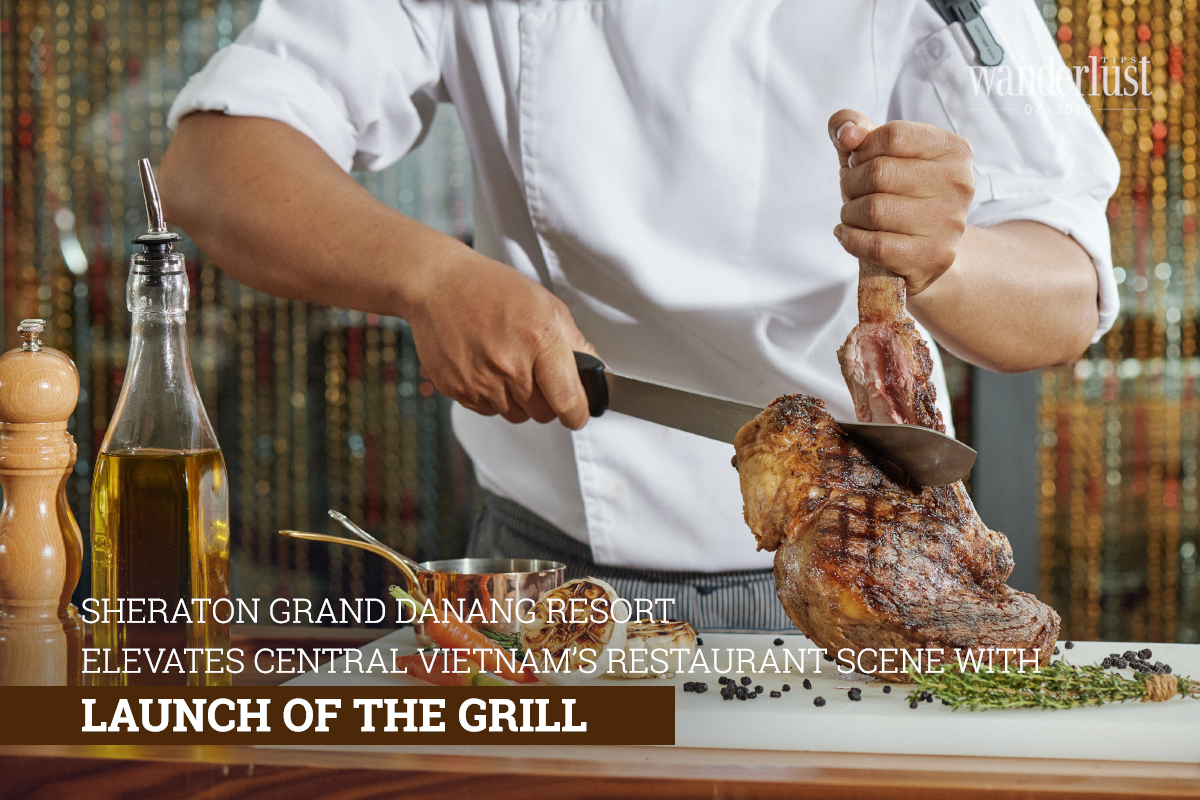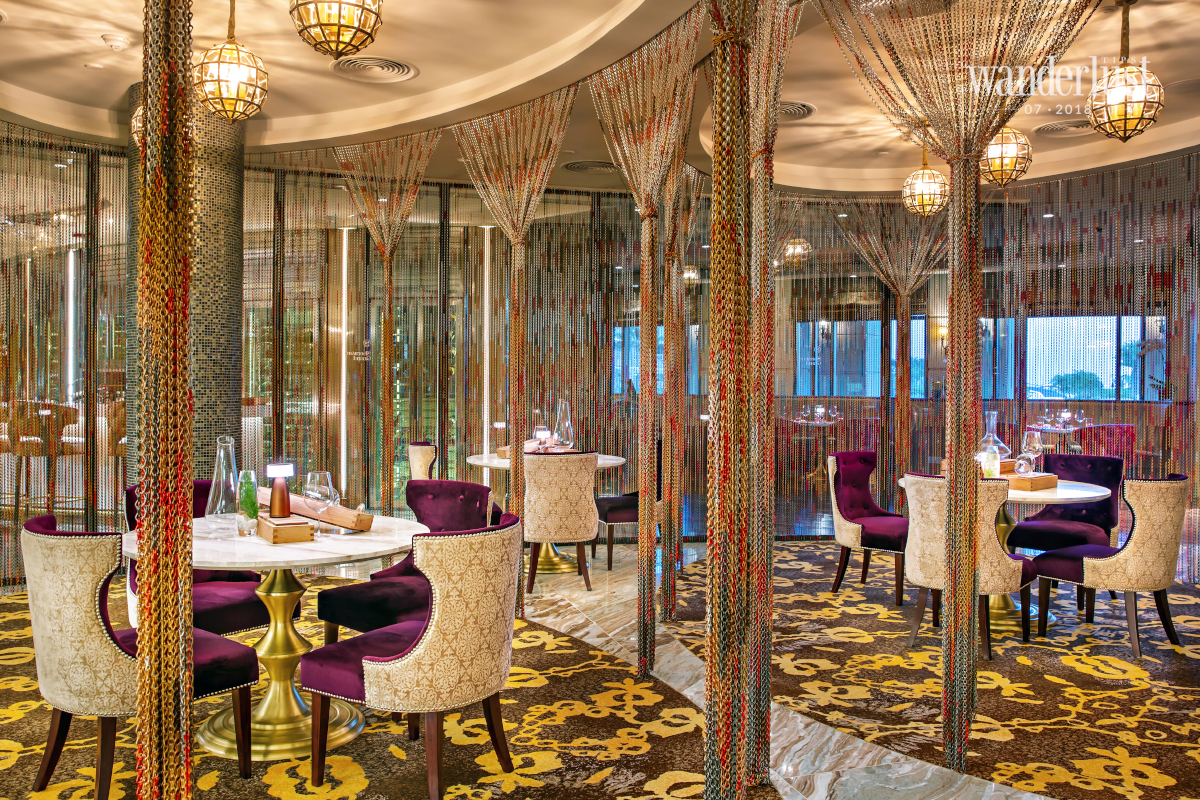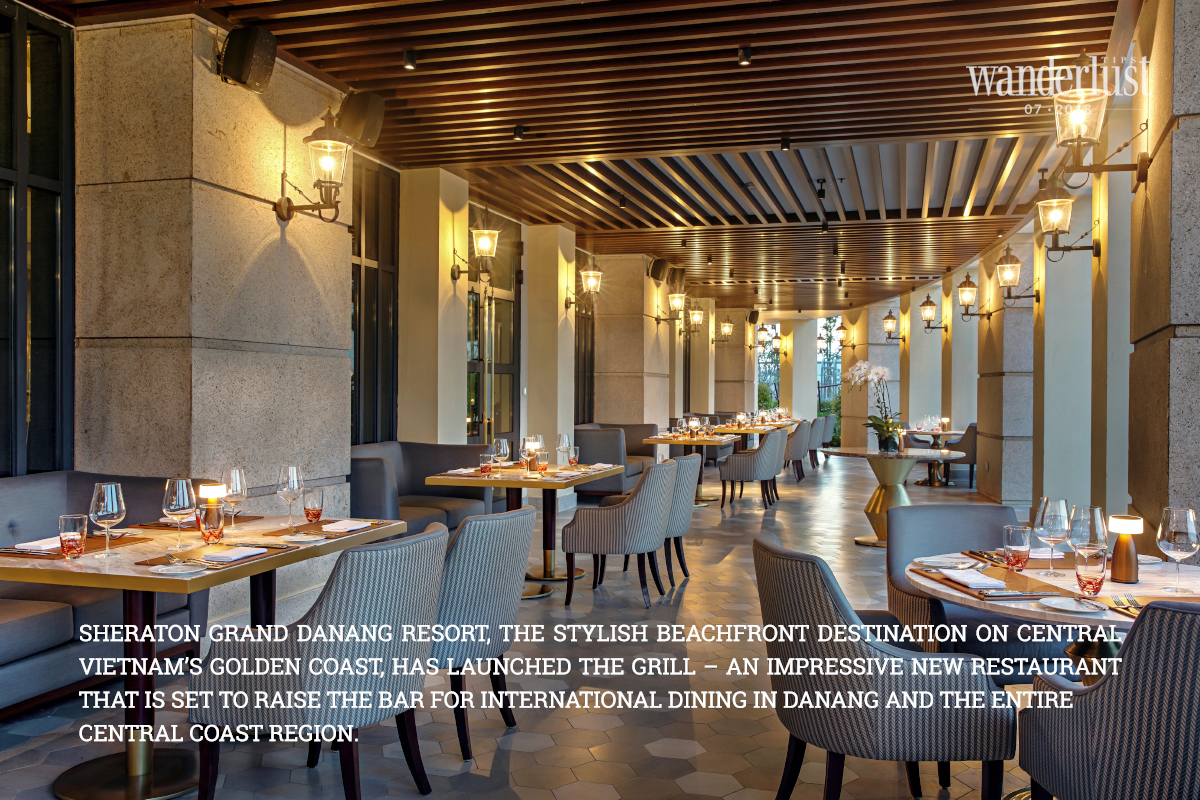Only when I came here did I truly realize that the beauty of this land was far beyond my imagination. Tibet’s mountains are covered in the sacred atmosphere; ancient monasteries are hidden amidst flowing clouds in the sky; the deep quiet holy lake is so clear as if it can reveal the biggest secret of our soul. However, above all of those majestic charms, the Tibetan people are the core element which enables me to sense the mystery and sacred atmosphere of Tibet. Whenever and wherever they are, their way of life and peaceful souls always exude a touching beauty of the purest faith and belief.
[rpi]
THE SINCEREST FAITH IN THE HEART
Buddhism was adopted in Tibet since the 7th century and began to flourish under the kingdom of Songtsän Gampo (617 – 650) – the greatest King of Tibet. Songtsän Gampo and his two wives – Nepali princess Bhrikuti and Chinese Princess Wencheng (later called Dol-jang, or ‘the green Dolma,’ and Dol-kar, or ‘the white Dolma,’ by the Tibetan people). They not only built pagodas and monasteries, but also propagated Buddhism and followed the teachings of Buddha to set an example for their people. They ruled the land with their tolerance, peace-loving spirit and dedicated their whole life to guide people to follow Buddha’s teachings. The foundation and cultural quintessence have been built, developed, and preserved throughout 1,400 years until now. Travelling to Lhasa – the capital of Tibet, I saw most of the people holding a string of beads and Mani wheel (a hand prayer wheel used while praying) in their hands, reciting Buddhist Sutras while walking. Their faces appeared genuinely sincere. I once asked my tour guide Po-pua:“On the 1st day of the month or whenever you visit a temple or pagoda, what do you often wish for, and what offerings do you prepare?”. Po-pua was surprised and seemed not to understand my question. Just after I explained carefully did he smile and say: “We wish for peace of life, the bad karma to be removed after many circles of life, we wish for the cattle to not suffer from diseases. We wish for the weather to not be too harsh. We wish for no natural disasters like avalanches and earthquakes. And we do not need to prepare offerings for the Buddha, as temples and pagodas are always full of offerings.”He said that while placing his right hand on his left chest.
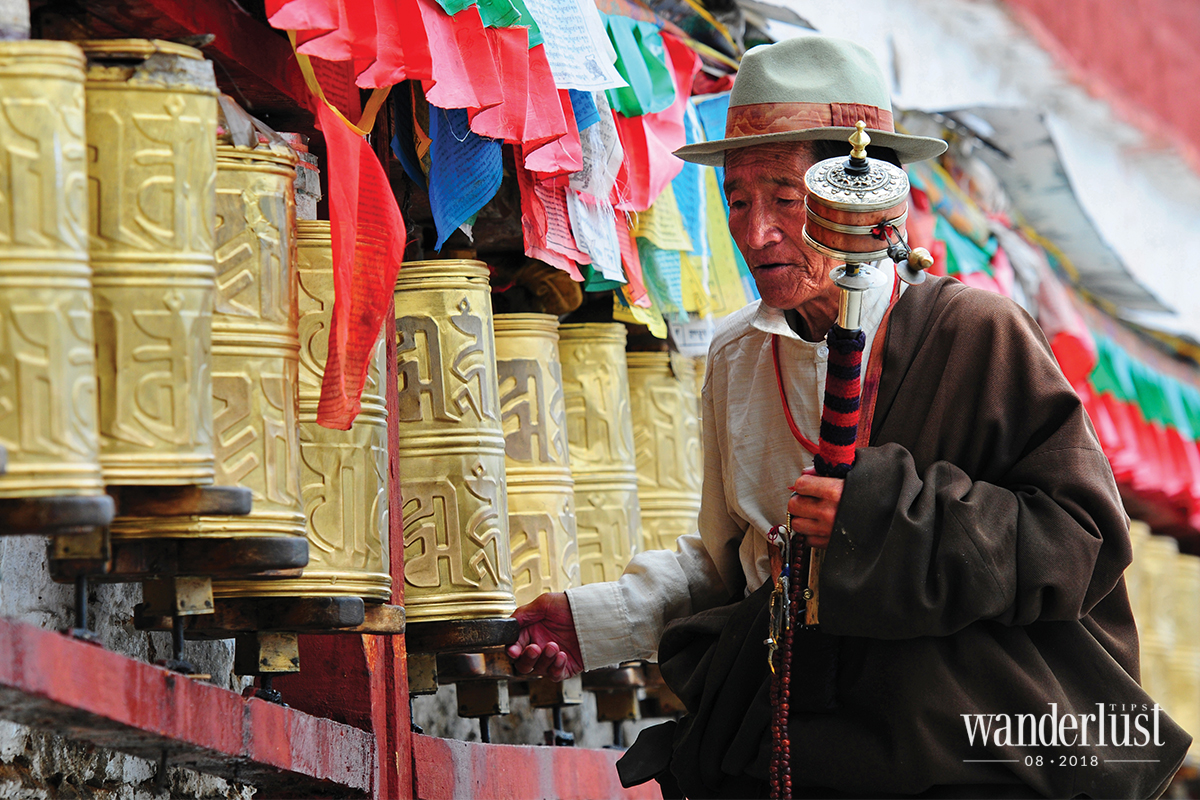
This is how it always is, Tibetans devote their purest faith to the Buddha. The days I spent in Tibet convinced me to believe in what Po-pua said: “Our biggest wish in life is to be purified and approach the completeness of ourselves after each lifetime to come closer to Buddha”.
In Tibetans’ houses, I did not see any alters; instead, they hang pictures of Buddha, Bodhisattva, Padmasambhava, Dalai Lama, and Panchen Lama on the wall. In front of the pictures and statue, they just place 5 or 7 bowls of water, no fruits, cakes, and money. Tibetans when visiting pagodas only bring a blanket or thin mattress to sit on when praying. Nowhere in Tibet did I see people bring a full tray of offerings to the pagodas, but I could find the sincere belief shining on people’s faces, in their eyes, and gestures wherever I went to.
On the main streets of Lhasa, from 5am, you can see many people going to Jokhang to pray or performing a Kora – making a circumambulation around a sacred site. The surface of the stone-paved street has become smooth and shiny as many citizens and pilgrims have come here to perform the 1-step-1-bow and 3-steps-1-bow throughout hundreds of years. They come to the yard of the pagoda to pray for 30 minutes to 1 hour: standing and placing their hands together, bowing and kneeling on the ground. I stood looking at them for a while and realized they paid all of their attention to perform the ritual as if they were living in another dimensional space and exploring another world.
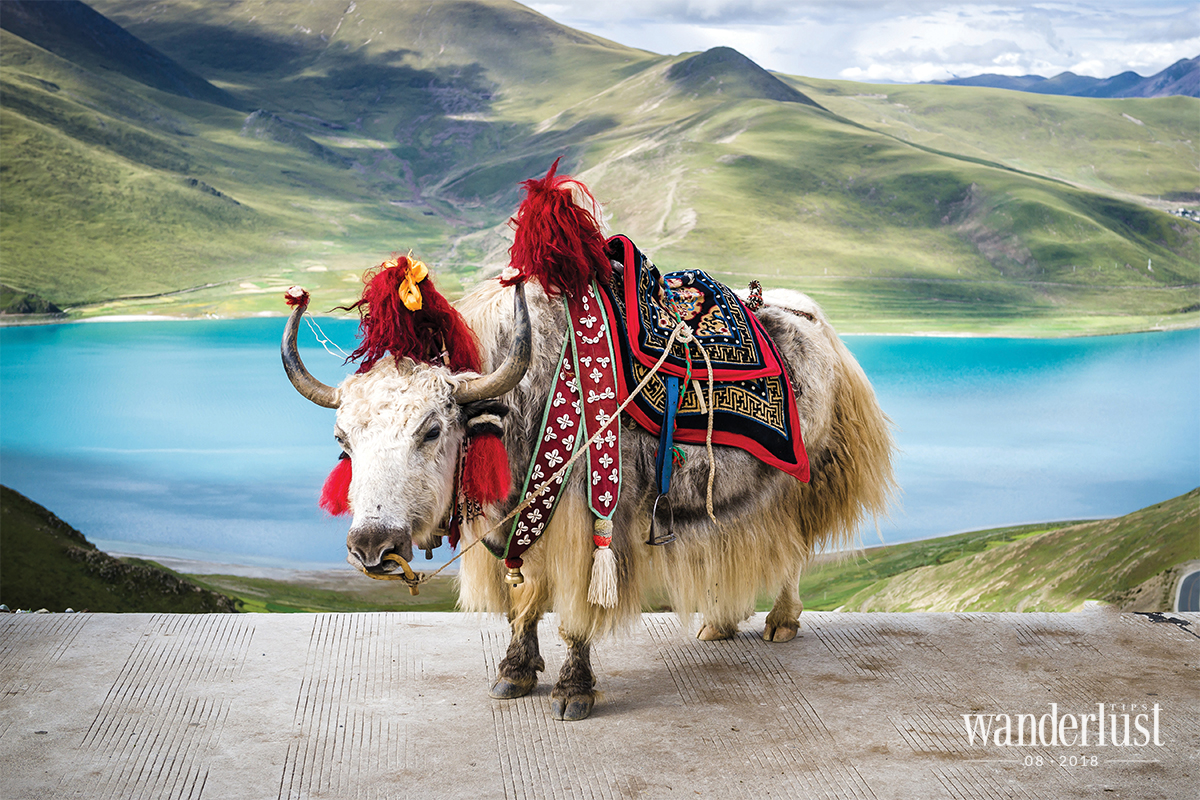
THE RECITATION OF THE SUTRAS
The faith of Tibet does not exist in praying rituals, but is presented in the daily life of people. Tibet’s children are lulled to sleep by sutras and their first words are “Om Mani Padme Hum”. In the past, monasteries were also schools and Dalai Lama taught both sutras and language to the children. Every Tibetan chooses for themselves a spiritual teacher and is attached to this teacher teacher for their entire life each day as a Tibetan begins and ends with a Buddhist prayer. When walking on the street, Tibetans always hold Buddhist prayer beads and Mina wheel in their hands while reciting the sutras.
During the days wandering in Tibet, the stories I heard and the people I met gave me an insight of the beautiful and profound faith in the life of Tibetans. When the long-distance bus took us across rough roads or dangerous mountain passes, all Tibetans on the bus would recite the sutras. Though I did not understand its meanings, I felt relieved and protected. Or the day when we visited Lake Namtso, we were allowed to take photos with a Domestic yak with two big horns on its head. A domestic yak is a kind of animal that does not like water, so it gradually gets anxious when soaking its legs into the water for too long. The boss came to comfort it by singing a short passage of sutras. We saw the yak tilting its head to listen, the sutras calmed it down and it did not threaten us any more.
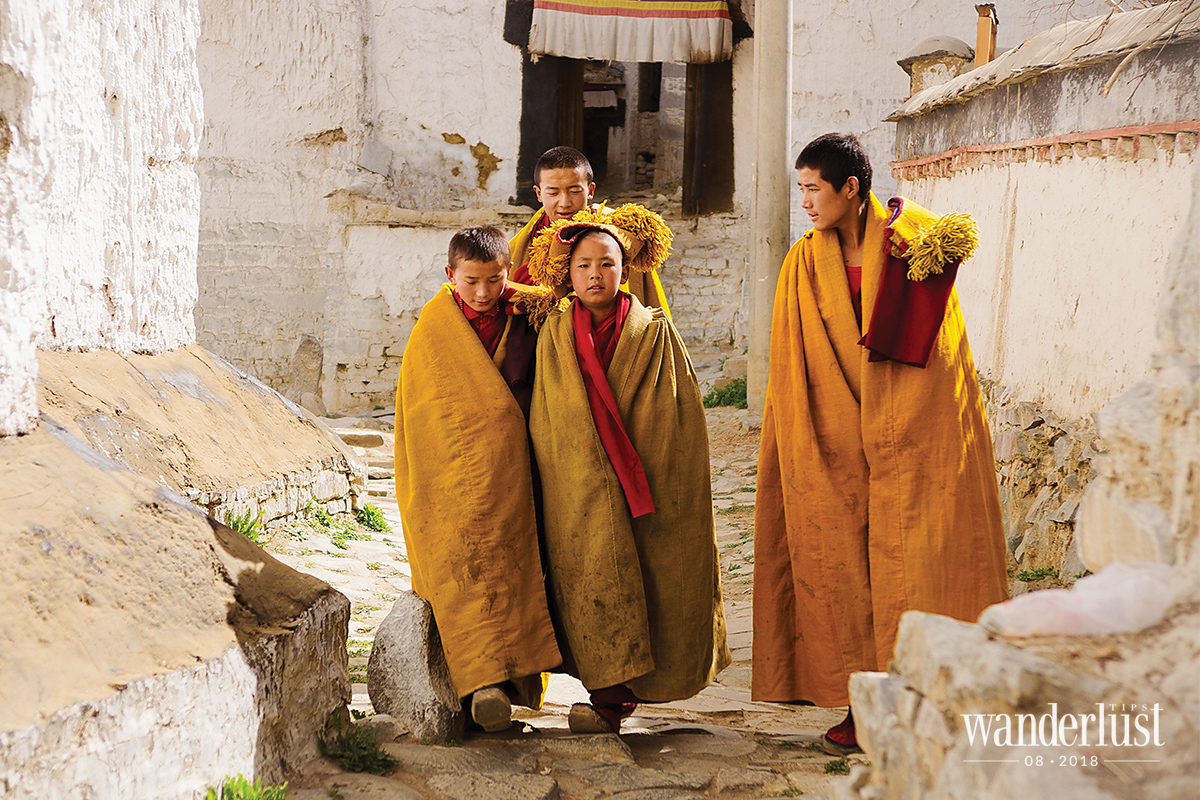
In the vast Lake Manasarovar, though the water is very clear and clean, the residents living by the lake never come here to get water; instead, they travel 2 kilometres from their village to the stream for the water. They believe that the water of the holy lake should be kept clean to purify all the dust of life and karma for people.
Following the teaching of Buddha, very few Tibetans are considered greedy, deceitful, or cruel. They sincerely believe in the protection of Buddha, to the protection of Buddha, so Tibetans live a life of peace and calmness. Though their life is hard and poor, they are still honest, kind, and live a life with dignity. If you miss your trip, they are willing to invite you to stay in their house without a single word asking who you are and where you are from. If you get lost, they may stop what they are doing to show you the way. They create and preserve an extraordinary holy atmosphere in their community, where no one allows themselves to do bad things. I kept thinking that they did not live alone but were accompanied by the Buddha.
In the long-distance bus taking us around Tibet, there was a joyful and emotional scene happening every morning: the driver Tup-den and the police officer Pa-chis recited the sutras together. Tup-den was older and remembered all the sutras by heart, while Pa-chis was just 23 years old, he needed to open the book to read the sutras, but still misread sometimes and was then beaten over the head by Tup-den. After helping Pa-chis learn the sutras, both of them recited together. It was so touching that it made me cry many times when looking at them and listening to their Buddhist prayers in gentle and calm rhythms, as if they were trying to comfort us.
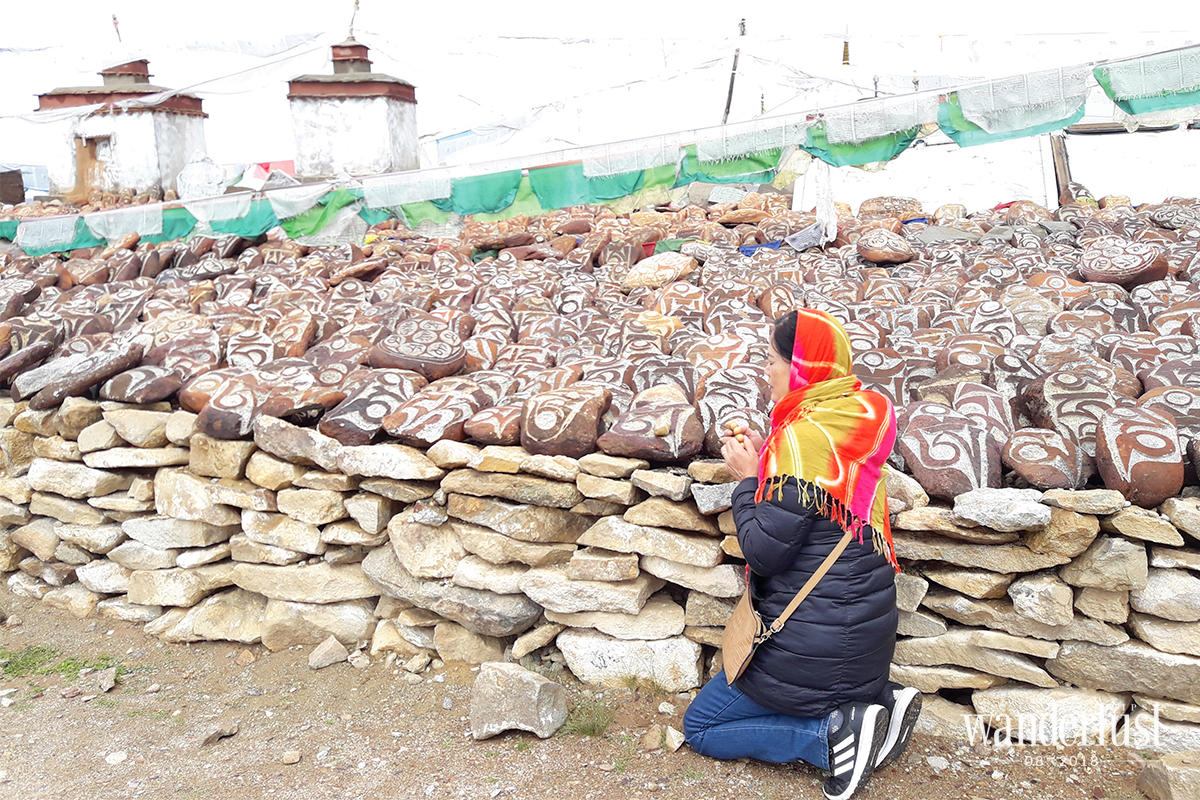
THE BUDDHIST PRAYERS THAT ECHO IN THE SPACE OF TIBET
Pure faith is what influences both the material and spiritual life of Tibetans. In every village, on the paths leading to the river or grassland in Tibet, there are always private spaces for citizens to pray. The Buddhist prayer flags are hung everywhere, on houses, in streets, villages, grasslands, mountains, and rivers. Mina wheels are not only held by the hands of Tibetans, but are also built in pagodas, monasteries, and villages. You will see Buddha’s teachings whenever you look up to the sky, touch impermanence whenever you stretch your hands, and hear the sound of transmigration whenever you listen to hear.
In cities and towns, you can easily find soaring prayer pillars which are wrapped by silks in five colors at the middle and covered by Lungta prayer flags in white, red, green, yellow, and blue at the foot. Amidst the vast grassland, by the river or on the hilltop, the colors of Lungta prayer flags filled with the sutras appear prominent on the land and in the sky. The old flags with faded letters and the newlyhung ones waved in the cool wind of the highland. I did not know the language written on the flags, but my soul still felt so relieved when I looked at them. Later Tup-den told me that the custom of prayer flags originated from Tibetan families. Previously, they often hung the flags on their houses on special occasions such as weddings and the birth of new borns to share blessings with others.
After thousands of kilometers passing through the vast grassland of Tibet, I suddenly saw a person placing and arranging white stones to form the prayer “Om Mani Padme Hum” on the mountainside. It was the greeting, the farewell, the wish for peace, and the loving message for anyone who has a chance to admire this holy land. The silent prayer by stone was so touching that it left me with a very emotional memory. In the places I went to, I saw the stones stacked on top of each other many times, creating all kinds of shapes. Po-pua said that it has always been a way of praying for Tibetans since ancient times. They entrust in each stone a word of thanks, a wish for happiness, a prayer, or a thought to share with Buddha.
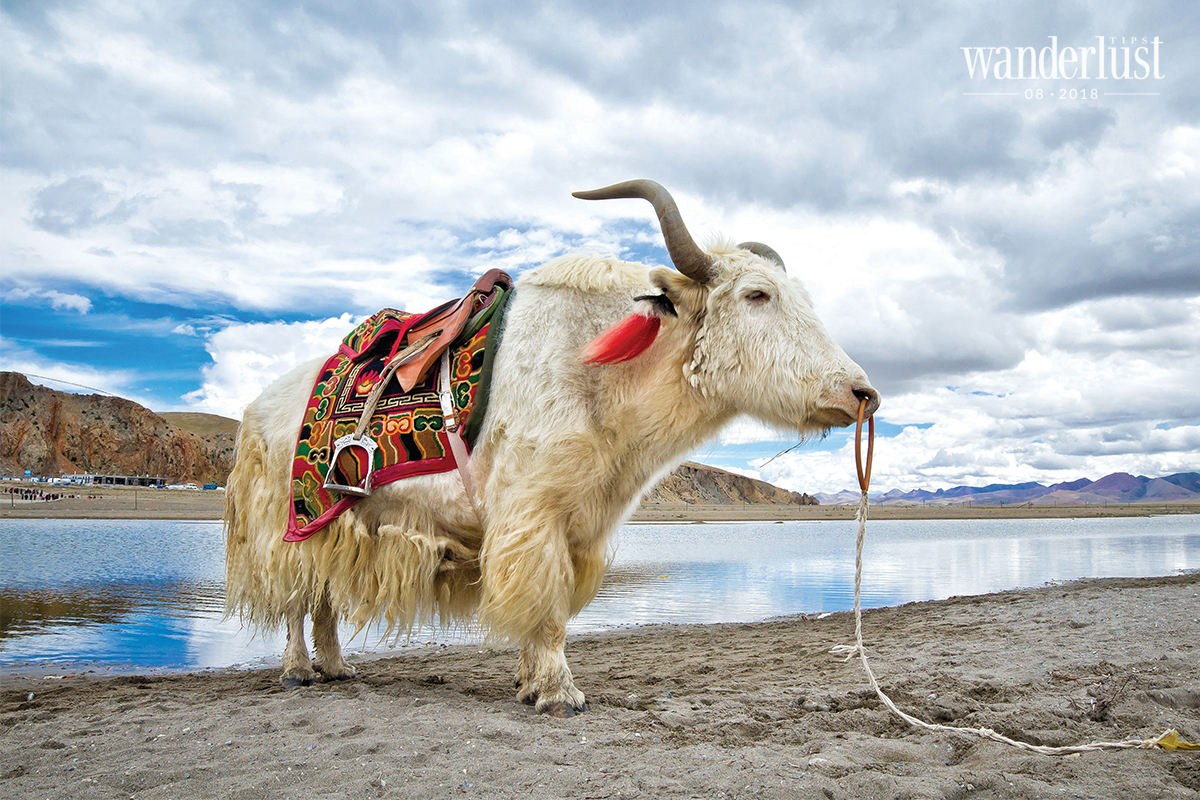
Sometimes, it is a cluster of stones rising 15 to 20 centimeters from the ground, and sometimes it is in the shape of a person who is kneeling to perform a ritual. Tibetan pilgrims also stack stones on their way to the monasteries or by the holy lake. Thousands of stones stacked over each other have remained there for years. I reached out and touched the stones everywhere I went and it always left me with an unspeakable feeling of millions of silent and perseverant prayers that have been in existence there for years.
The pure and intense faith of Tibetans greatly touches anyone who still holds their belief in the existence of the Beauty and the Goodness of life.
W. TIPS
Best time to visit
A good time to visit Tibet is from mid-May to October. However, the most ideal time is from mid-May to mid-June and from the end of August to October. It is summer in Tibet with the highest temperature (ranging from 29°C) and the highest amount of oxygen, so it is the safest time for visitors. From November to March, when the temperature goes down to -15°C and snow covers the road, is the low season in Tibet. And Tibet closes during January and March when the ice and snow block the roads leading to tourist attractions.
Transportation
There are no direct flights from Vietnam to Tibet, so visitors will often have to transit at an airport in China before flying to Lhasa, the capital of Tibet. Or you can travel by train; however, this will take more travelling time.
Visa and permits
Tibet belongs to China, so you must apply for a Chinese visa at the Embassy of The People›s Republic Of China in Vietnam at about USD60-65. However, after entering China, visitors must continue to apply for permission to enter Tibet; depending on the schedule, you will have to apply for the corresponding permits:
>> The popularly known one is the Tibet travel permit (TTP): issued 10to 25days before departure date. Passengers must bring the original permit when carrying out the boarding process to L›hasa.
>> Military area entry permits: For some sensitive areas and border areas between Tibet and neighboring countries, A Military area entry permit is required. These areas include Ali, the Guge Kingdom, Manasarovar Lake, Mount Kailash, Gyirong, Nyima District, and Tsochen.
>> Alien›s travel permit (ATP): If you travel to restricted areas, you must apply for a permit issued by the Public Security Bureau. This bureau specializes in dealing with diplomatic issues with foreigners.
Travellers are often not permitted to travel by themselves in Tibet, they are usually accompanied by a travel company. These companies will take care of the schedule and required permits.
Other notes
Tibet is a plateau near the Himalayas with an average elevation exceeding 4,500meters, featuring low pressure and very thin air. Visitors coming here often suffer from altitude sickness with symptoms which include headache, dizziness, nausea, breathing problems, nosebleeds, and fever. To avoid this, you should prepare medicines from Vietnam under the guidance of a doctor.
Cuisine
Famous dishes of the Tibetans include butter tea, tsampa, Tibetan noodles soup, and yogurt.
Nguyễn Thị Nương | Wanderlust Tips


